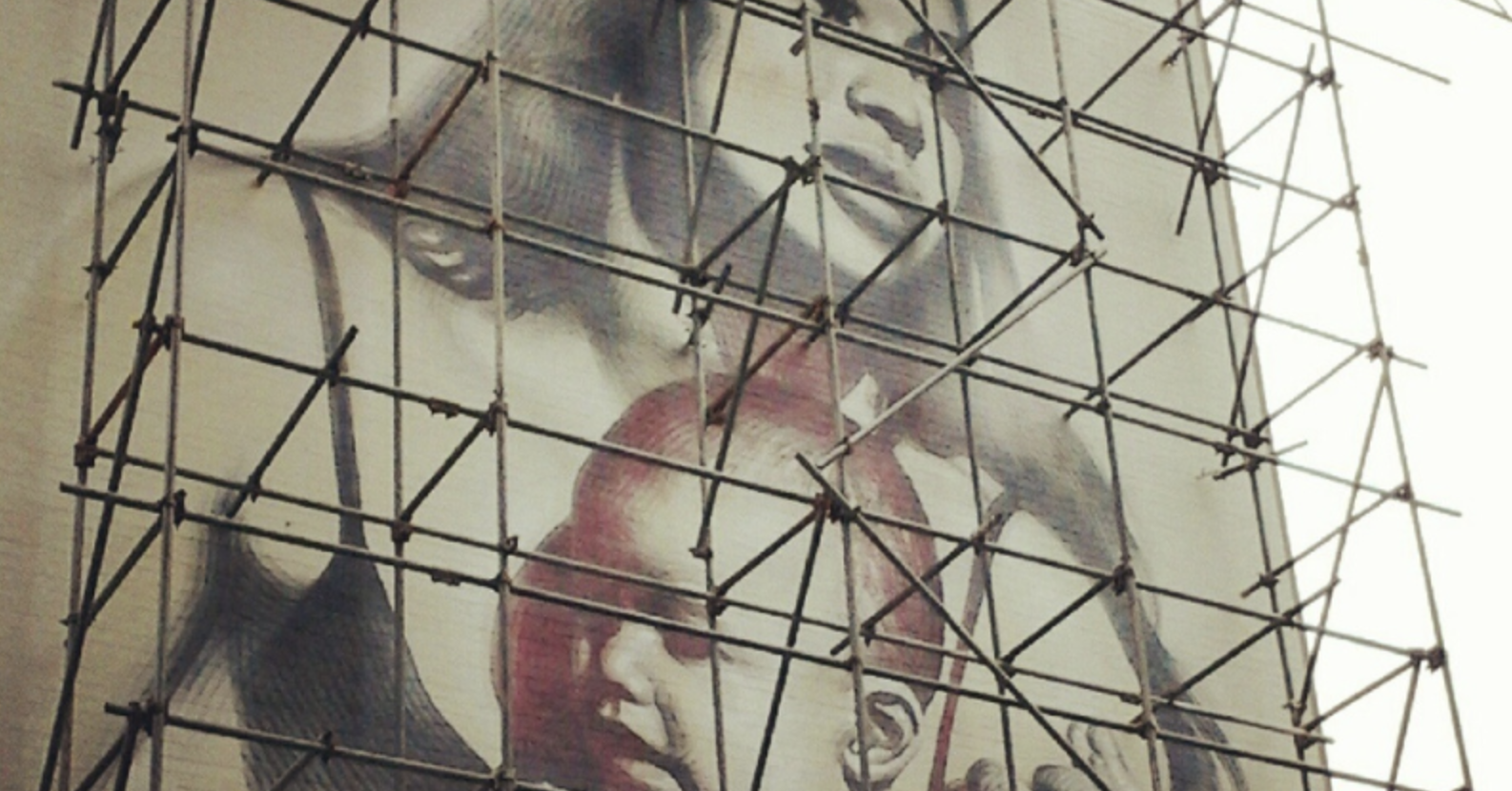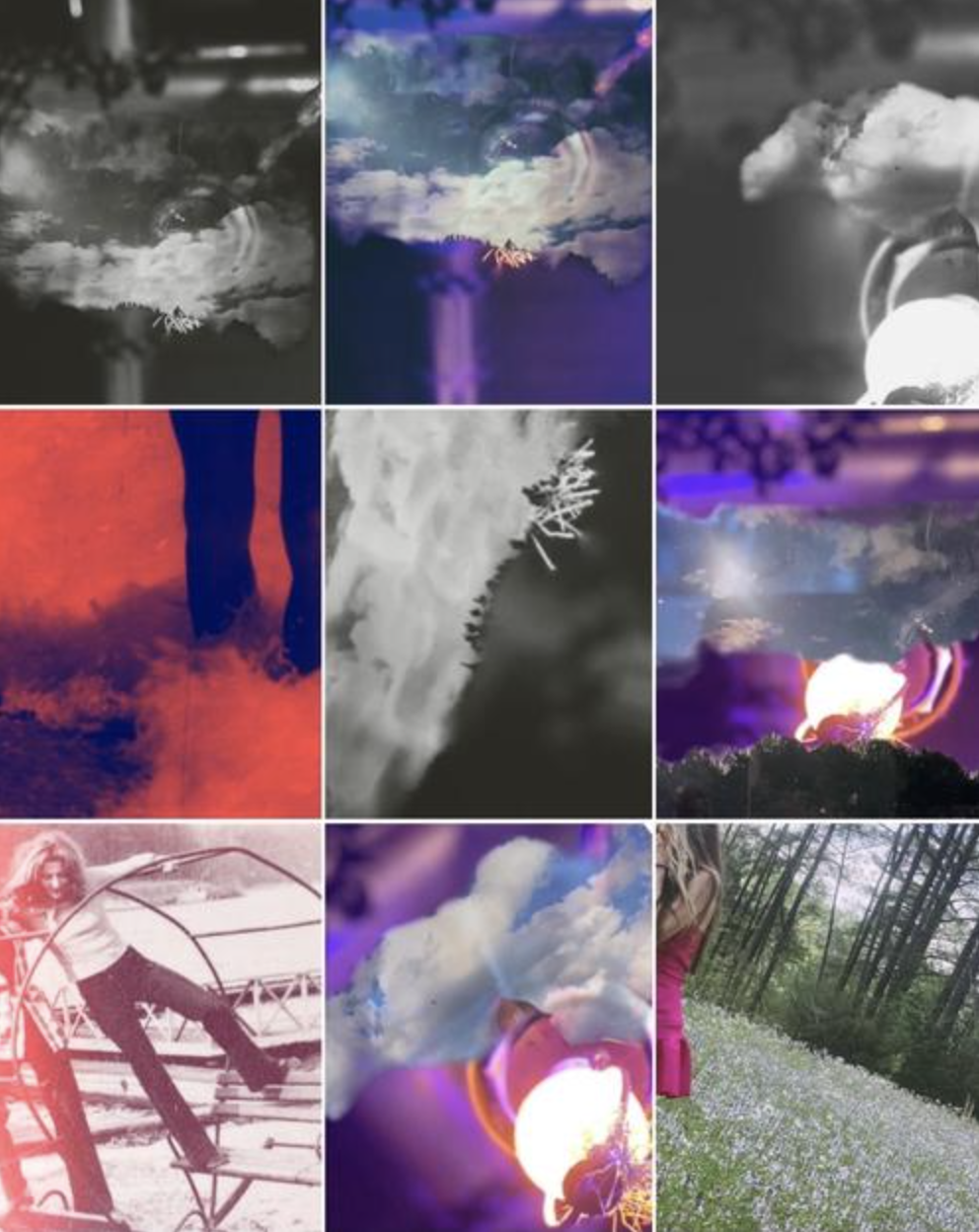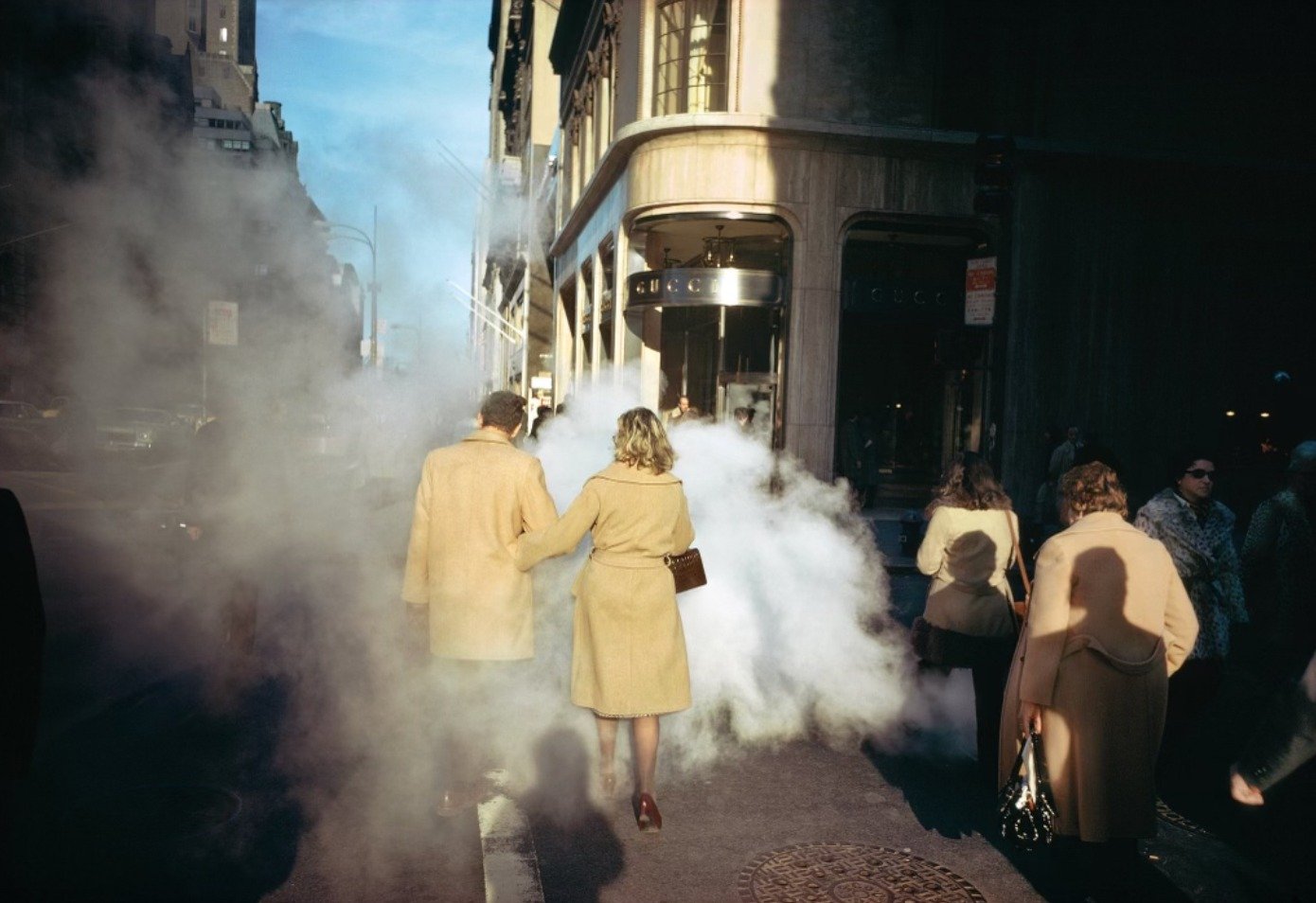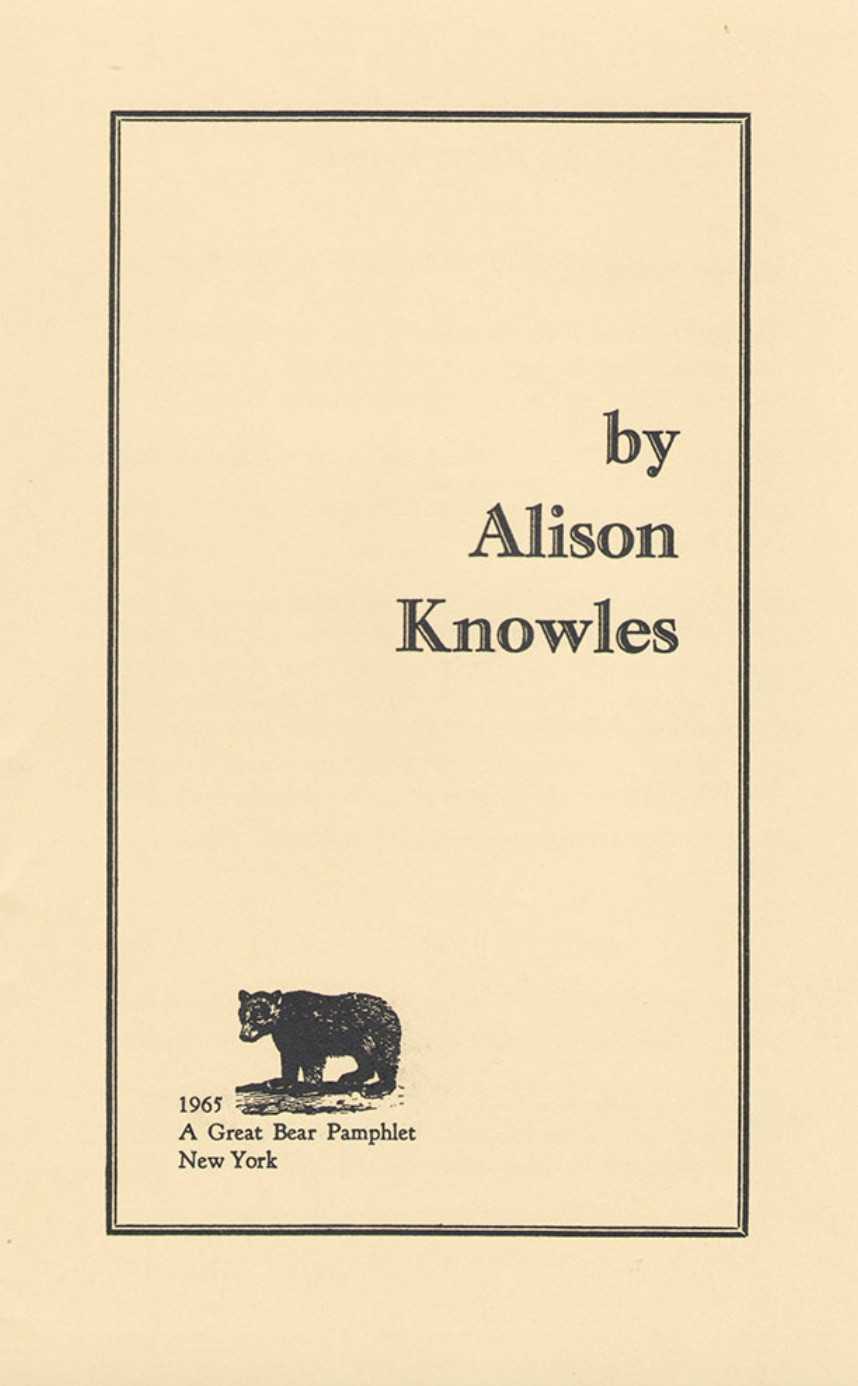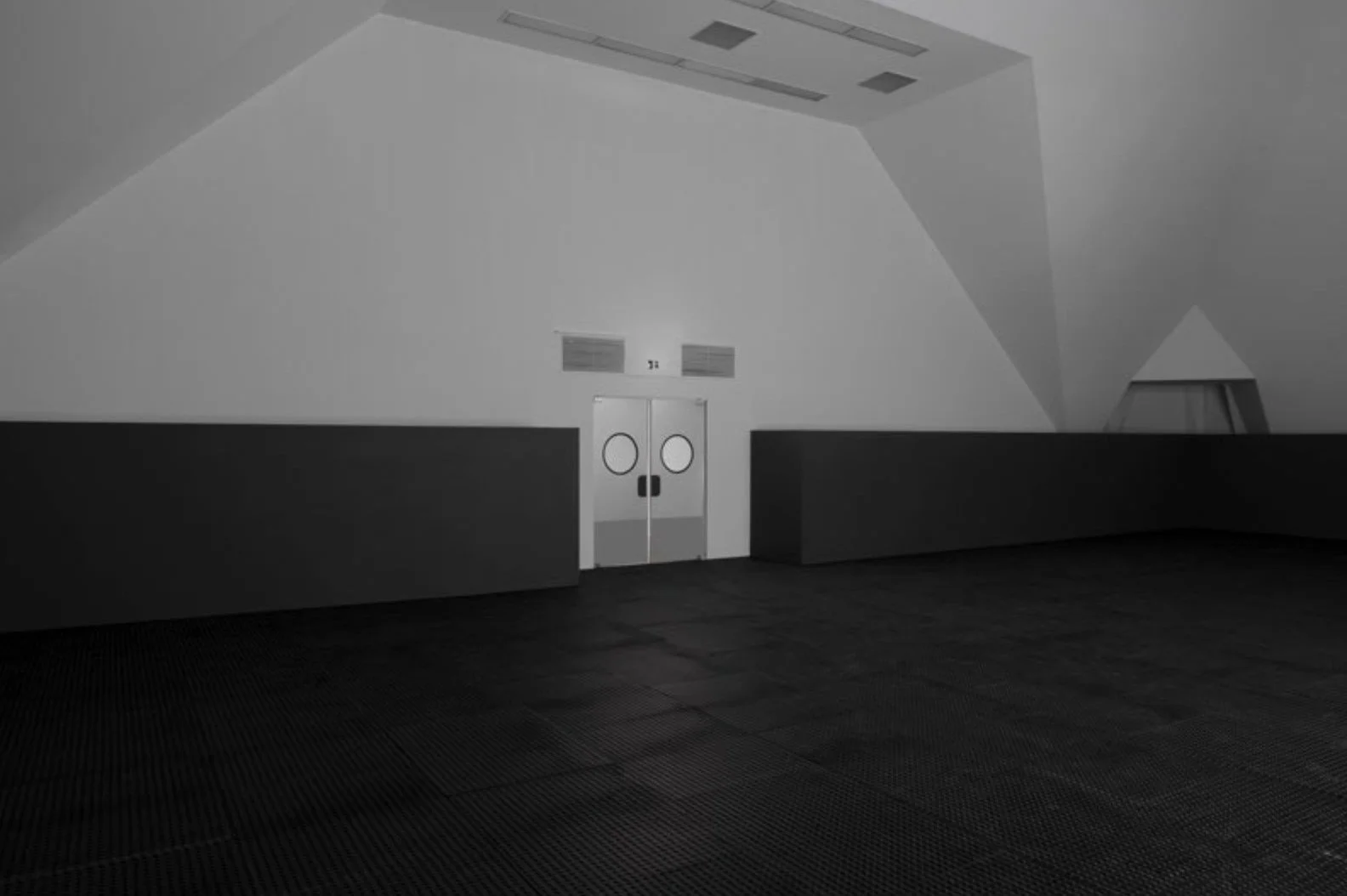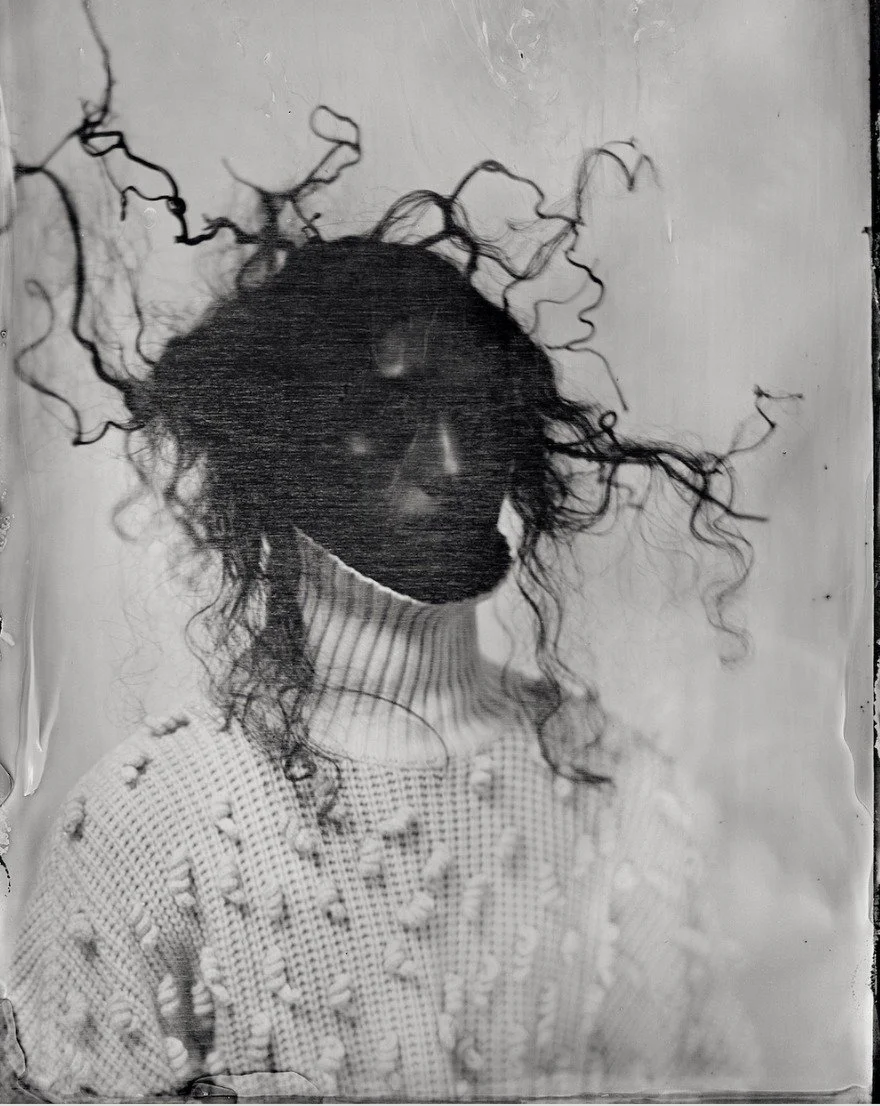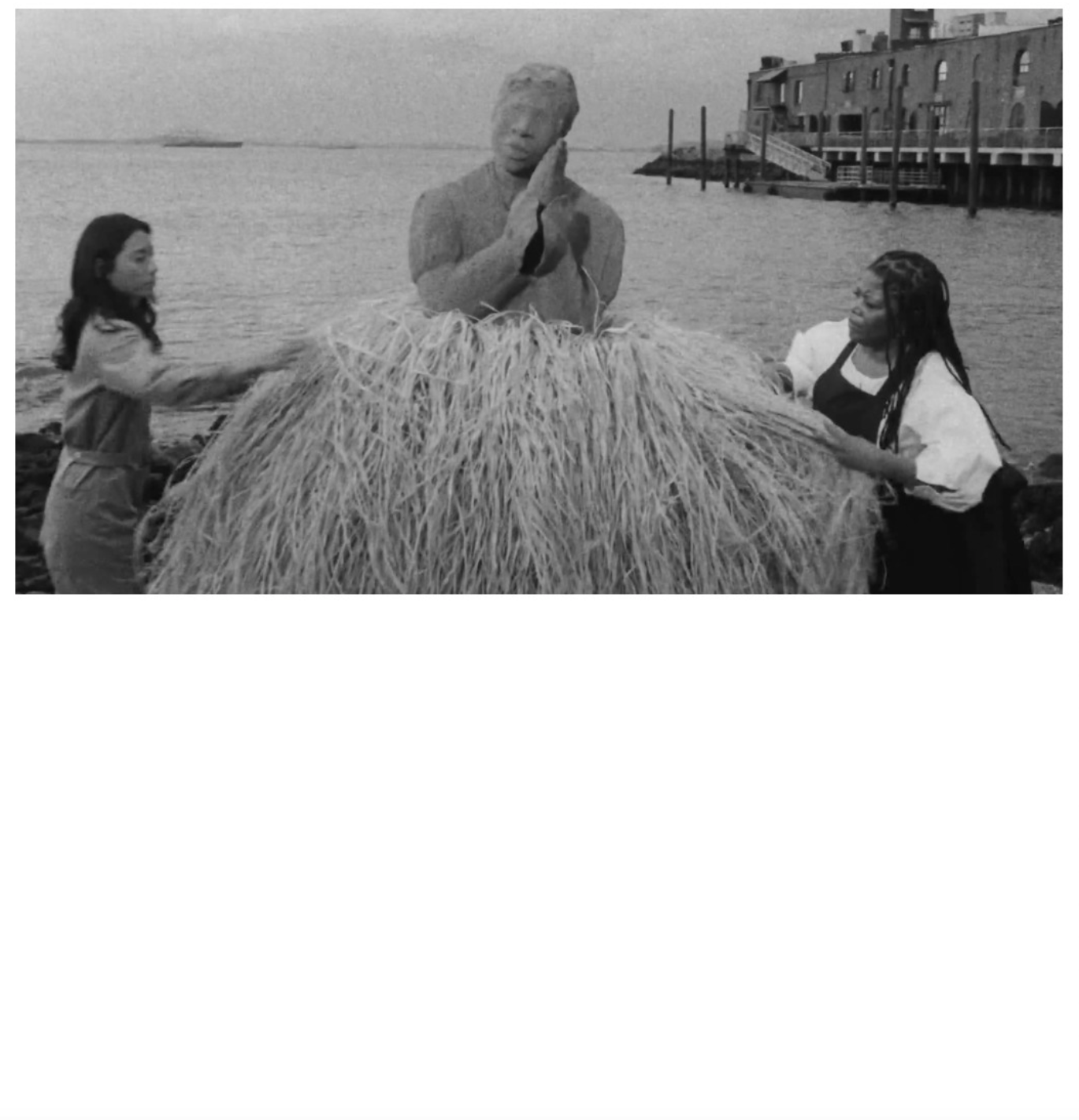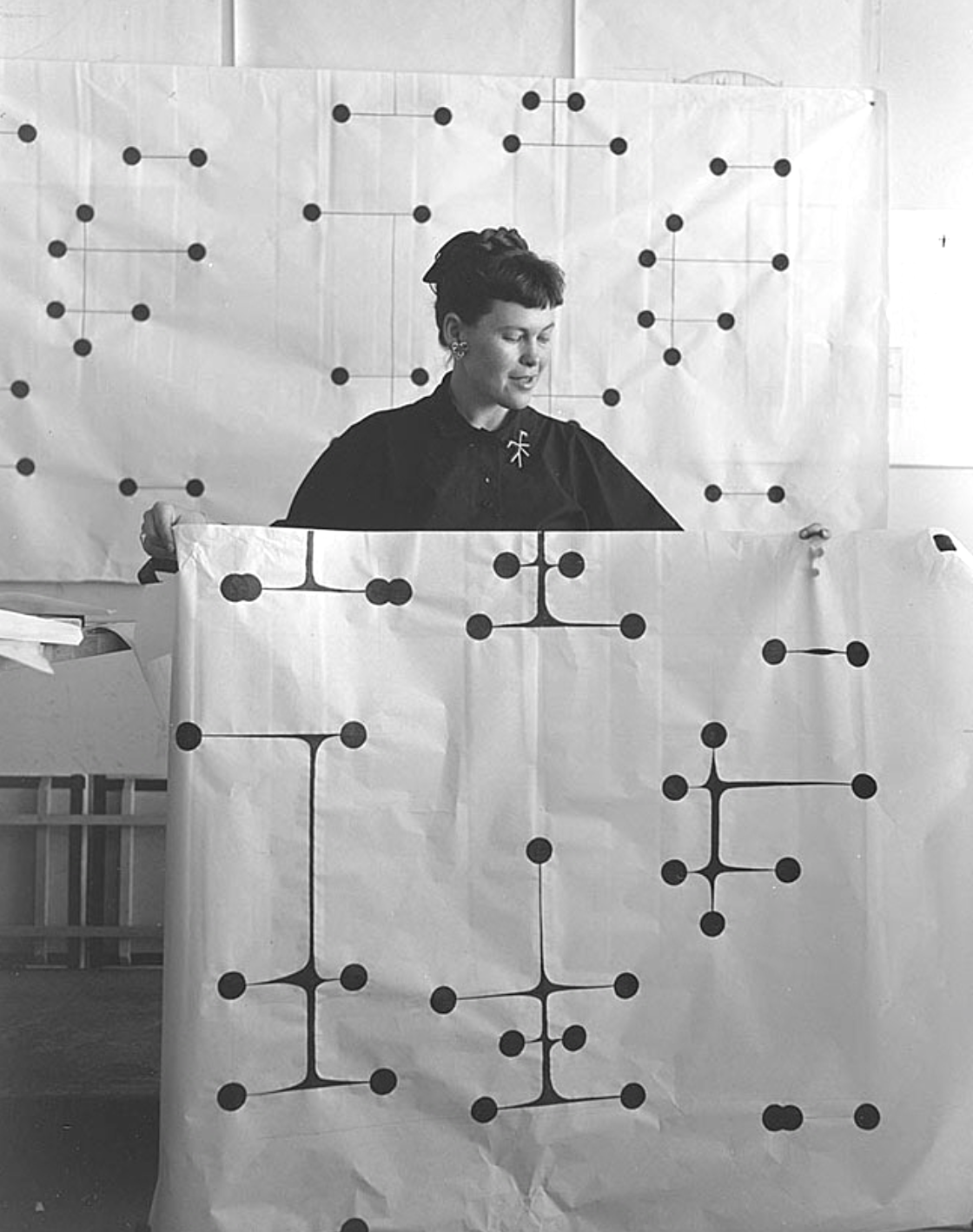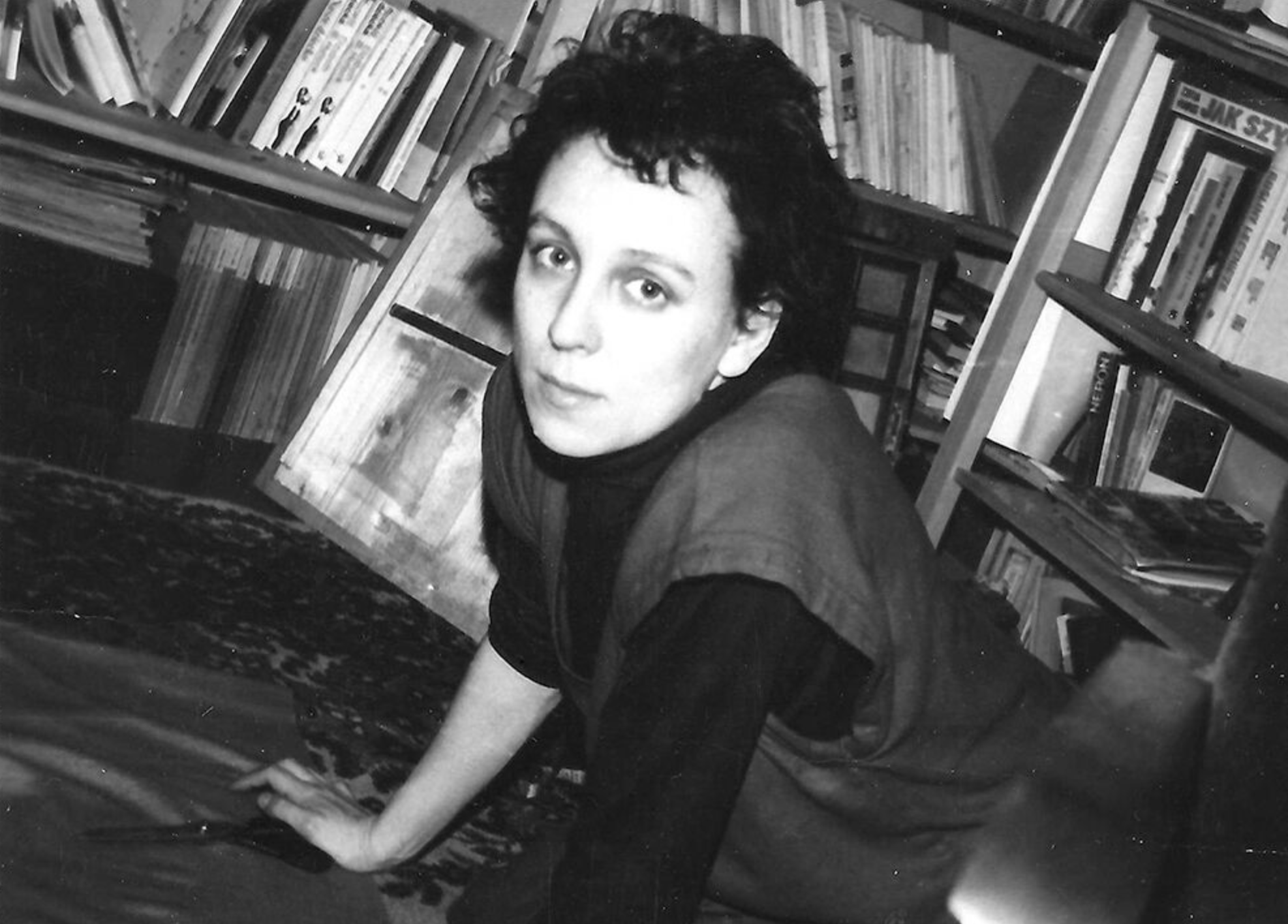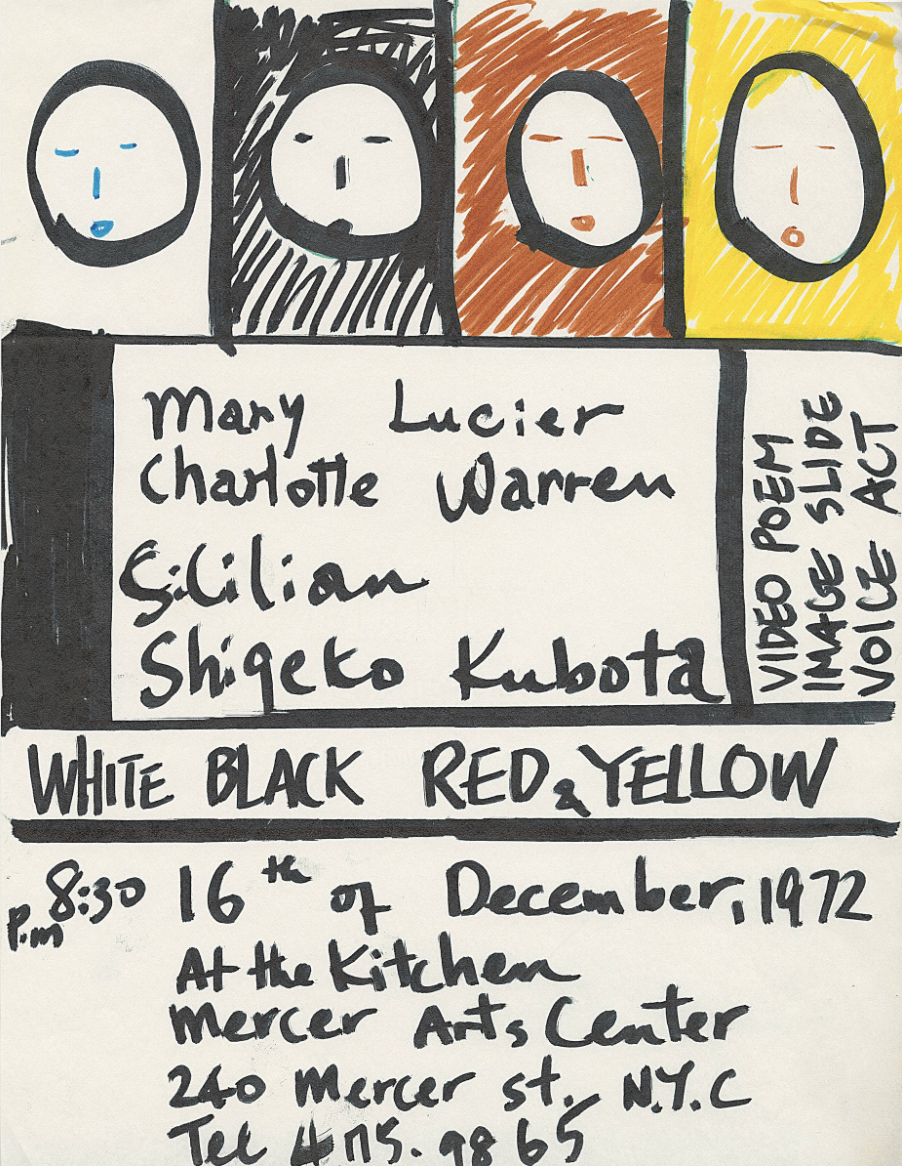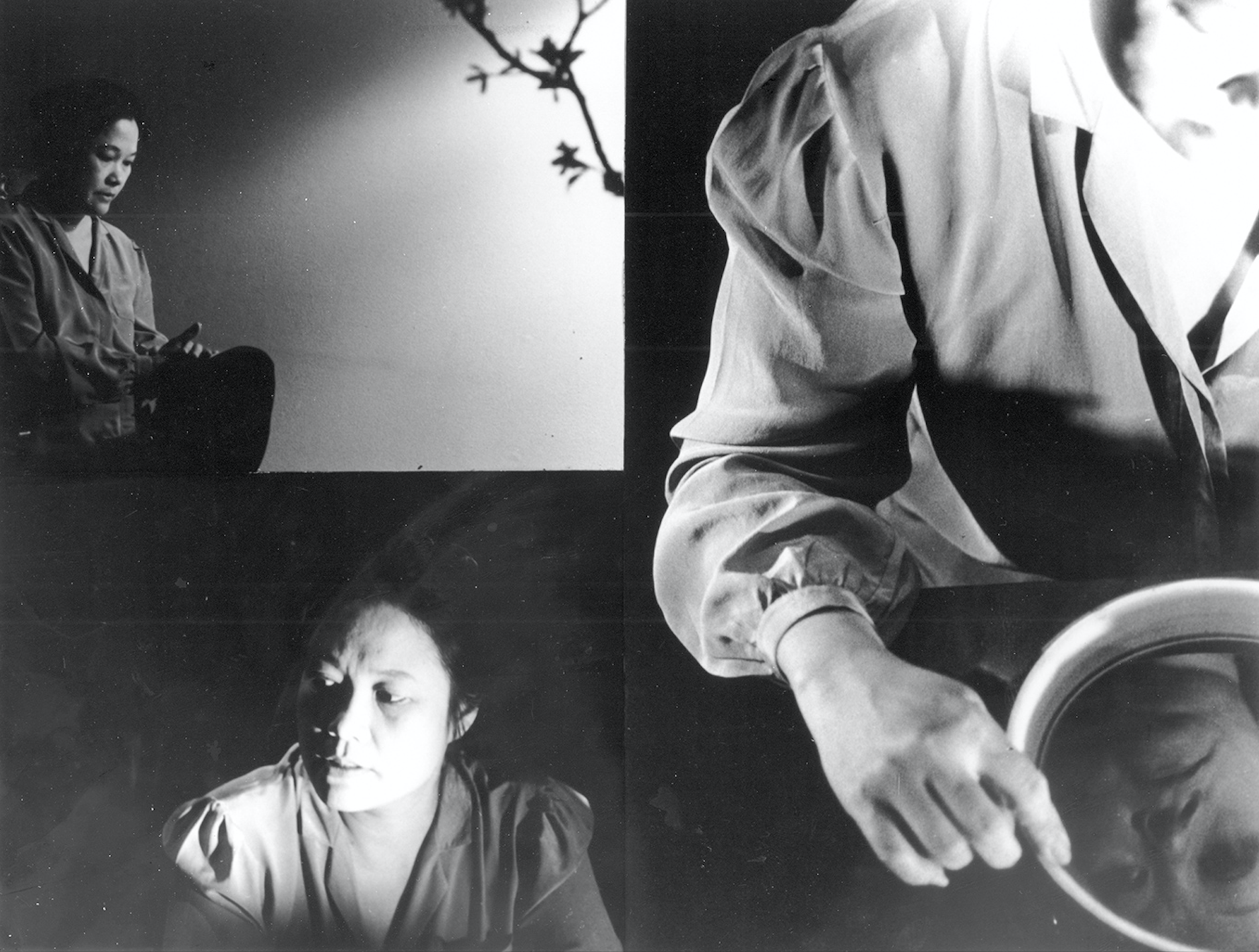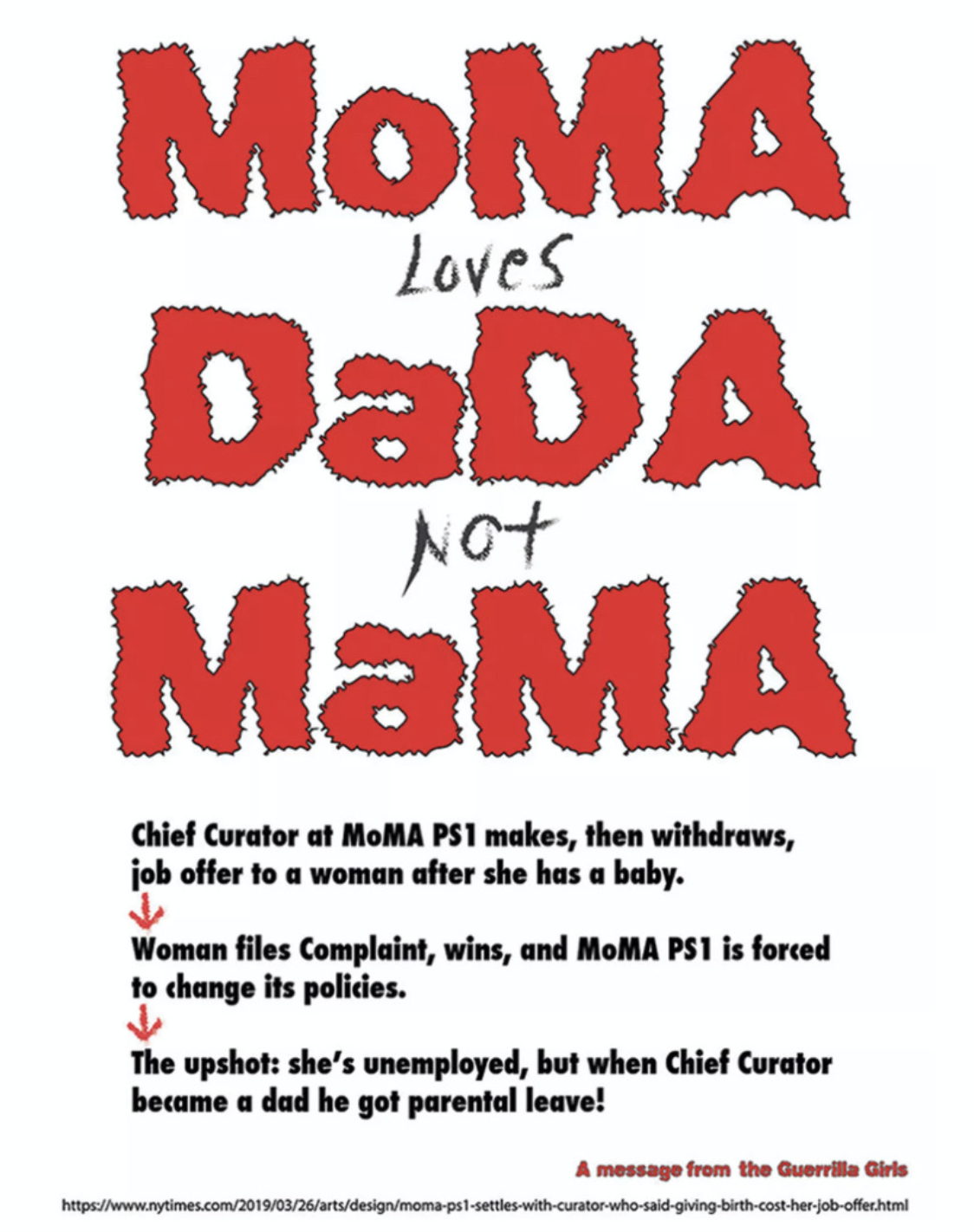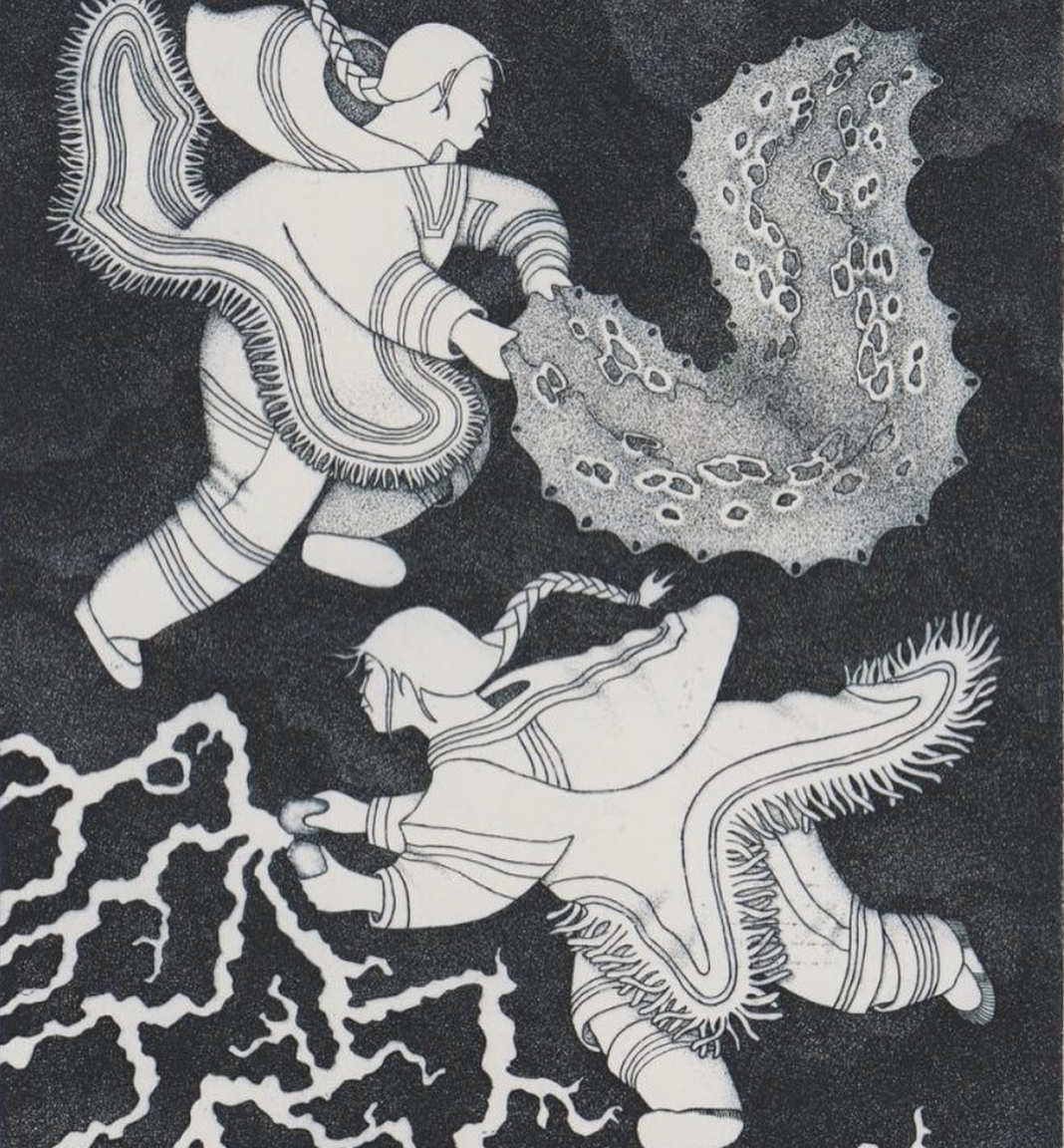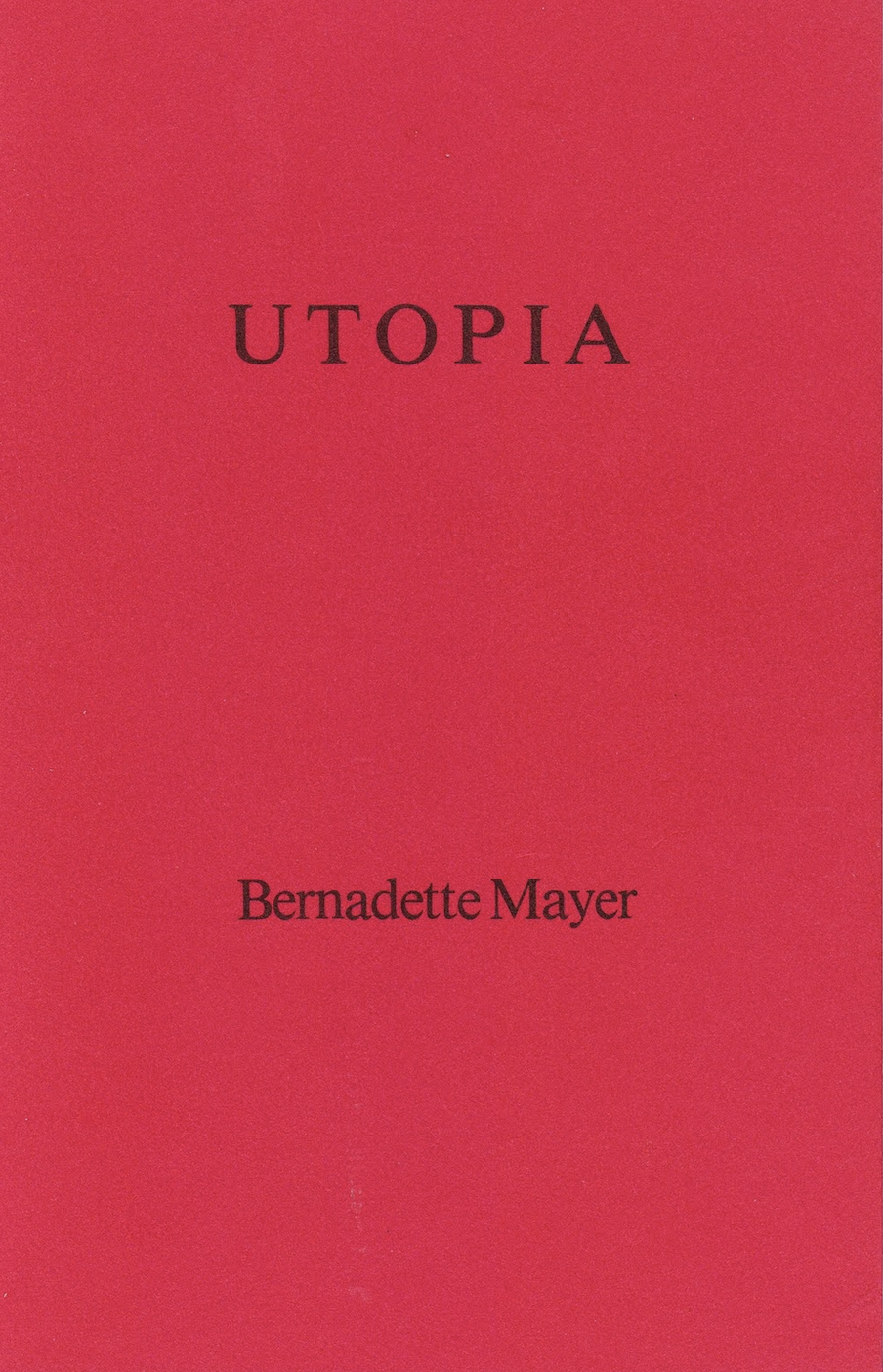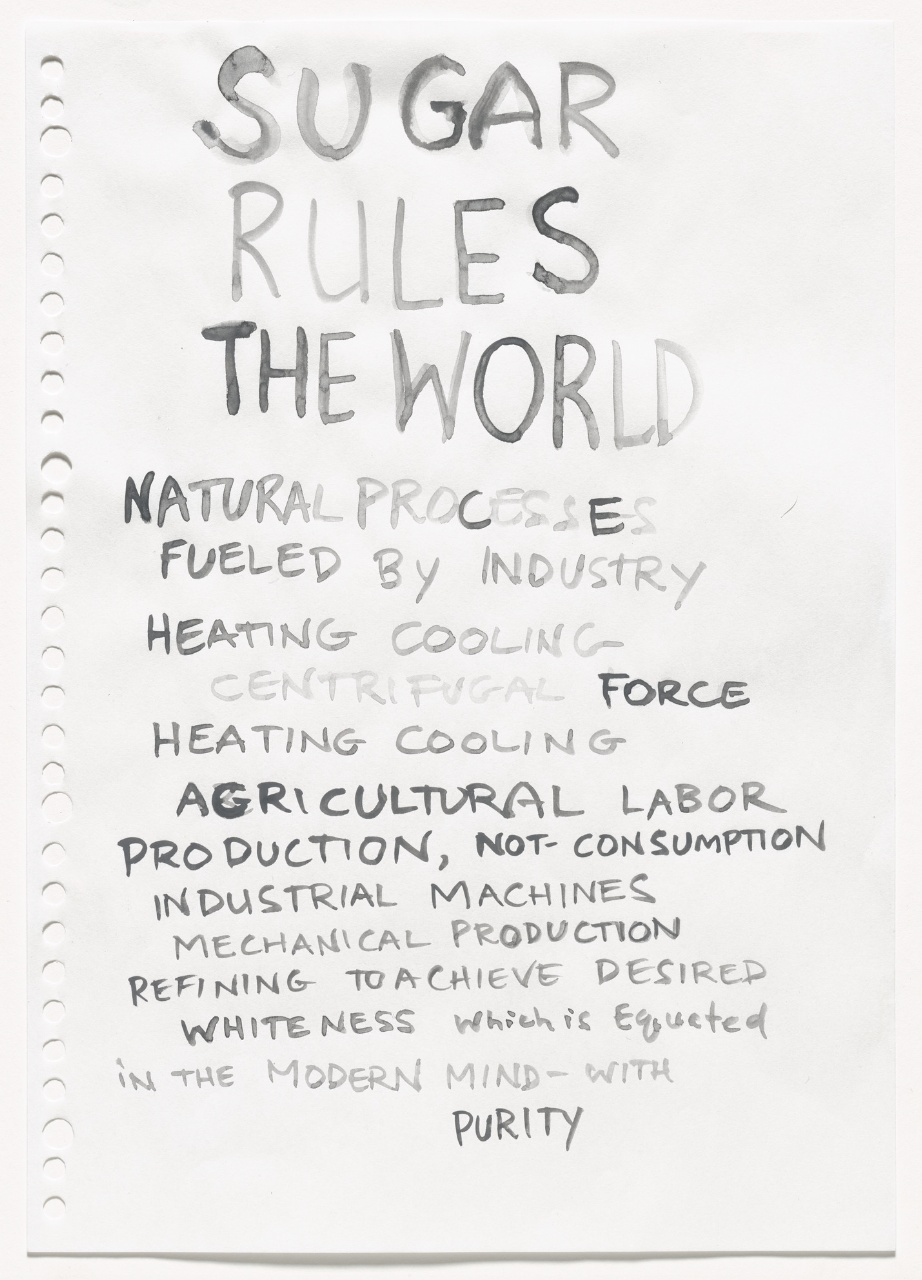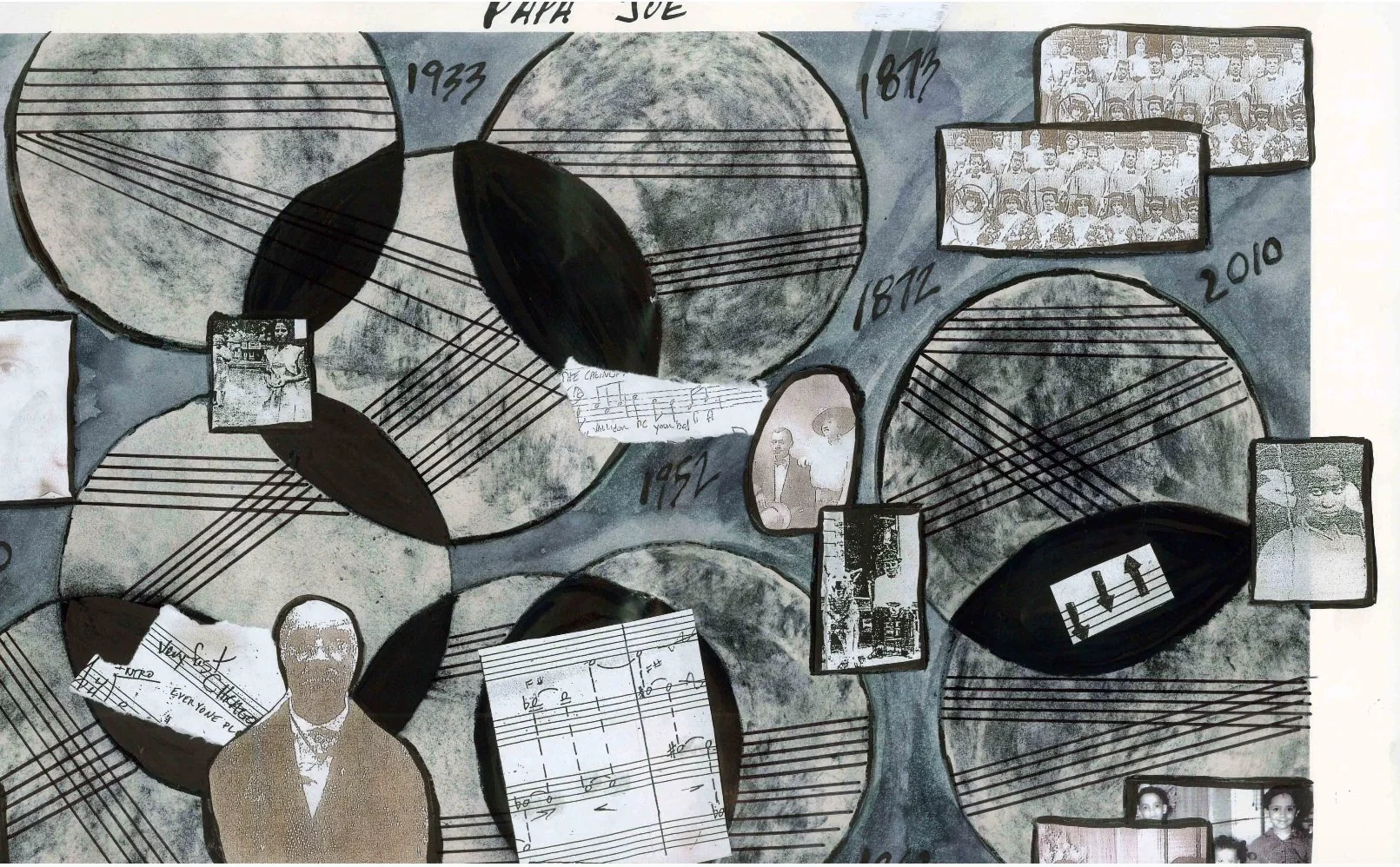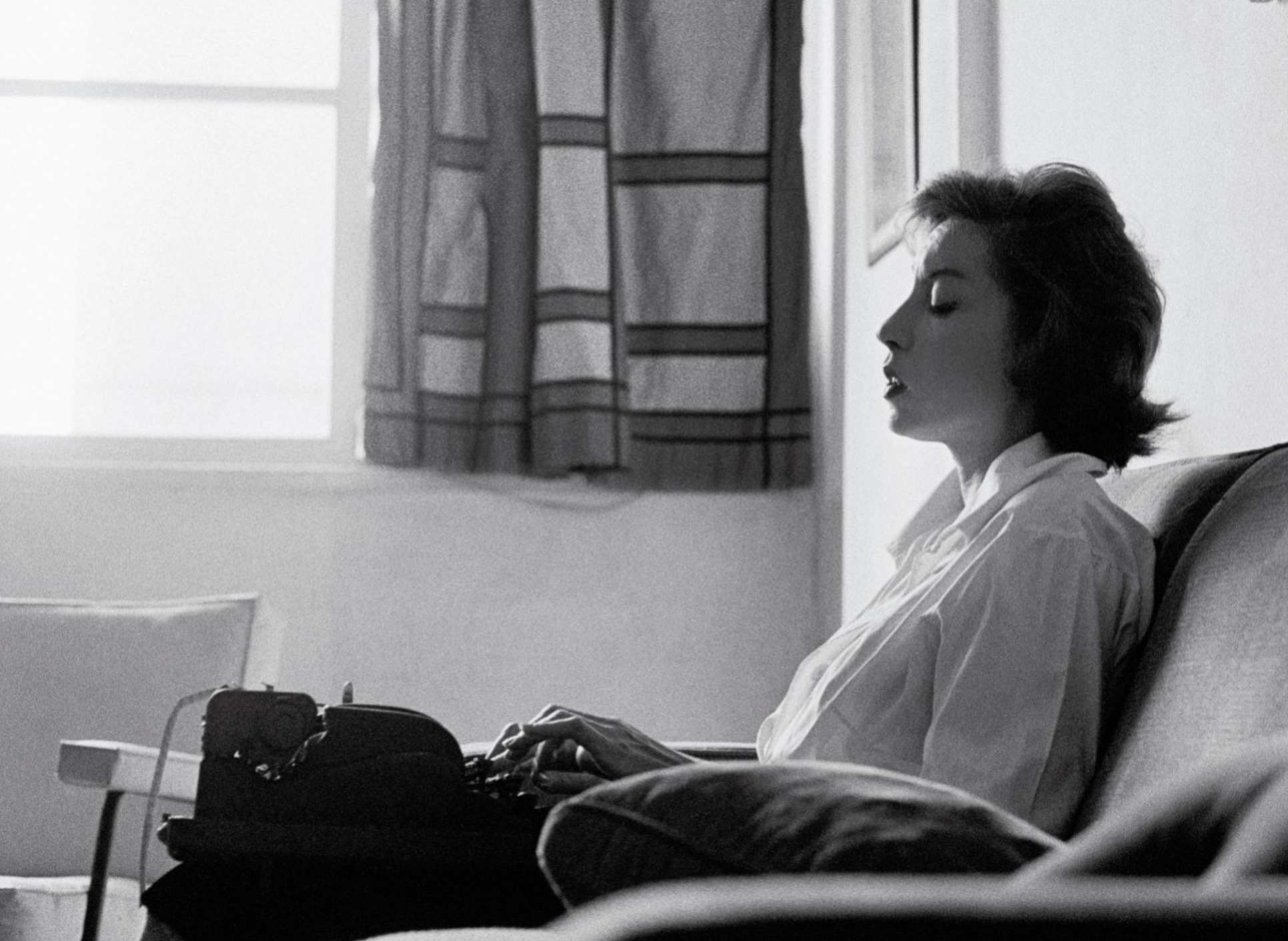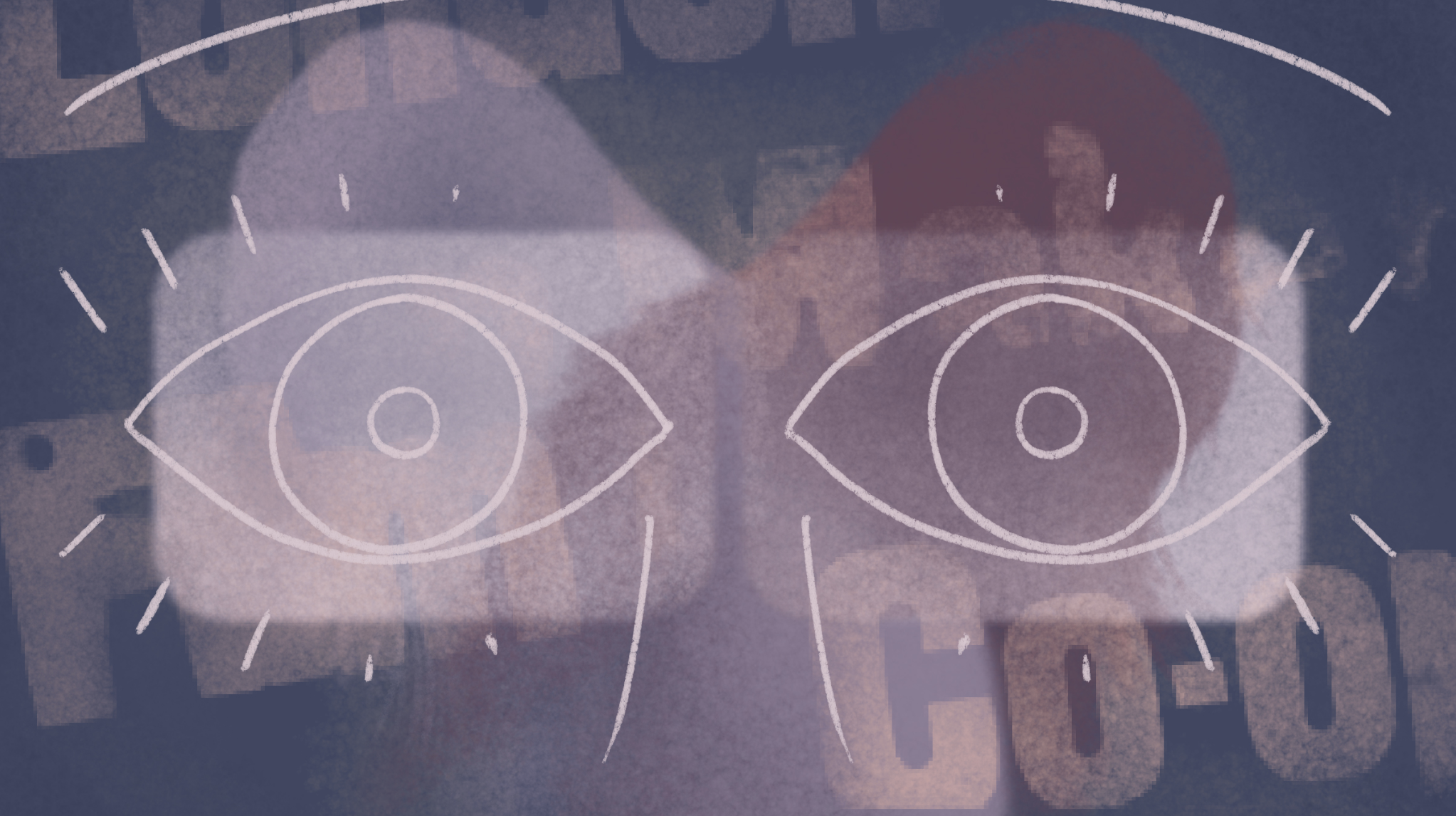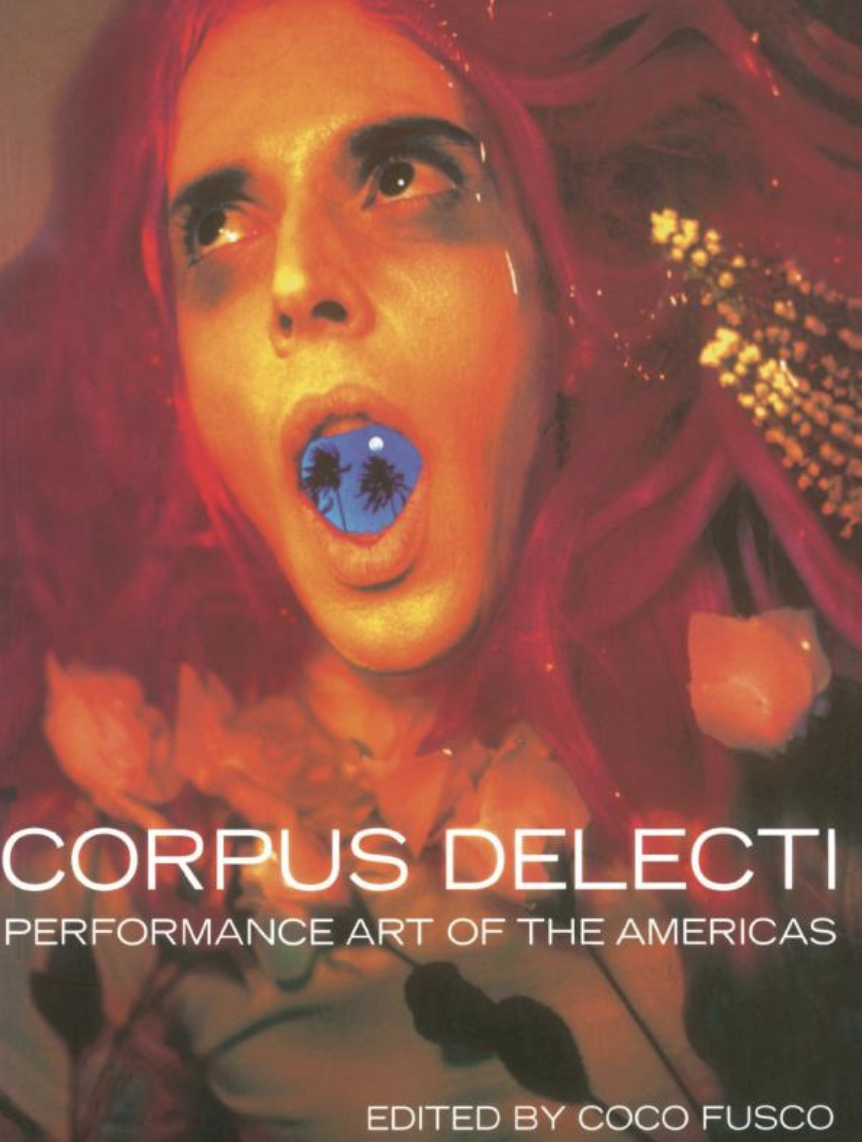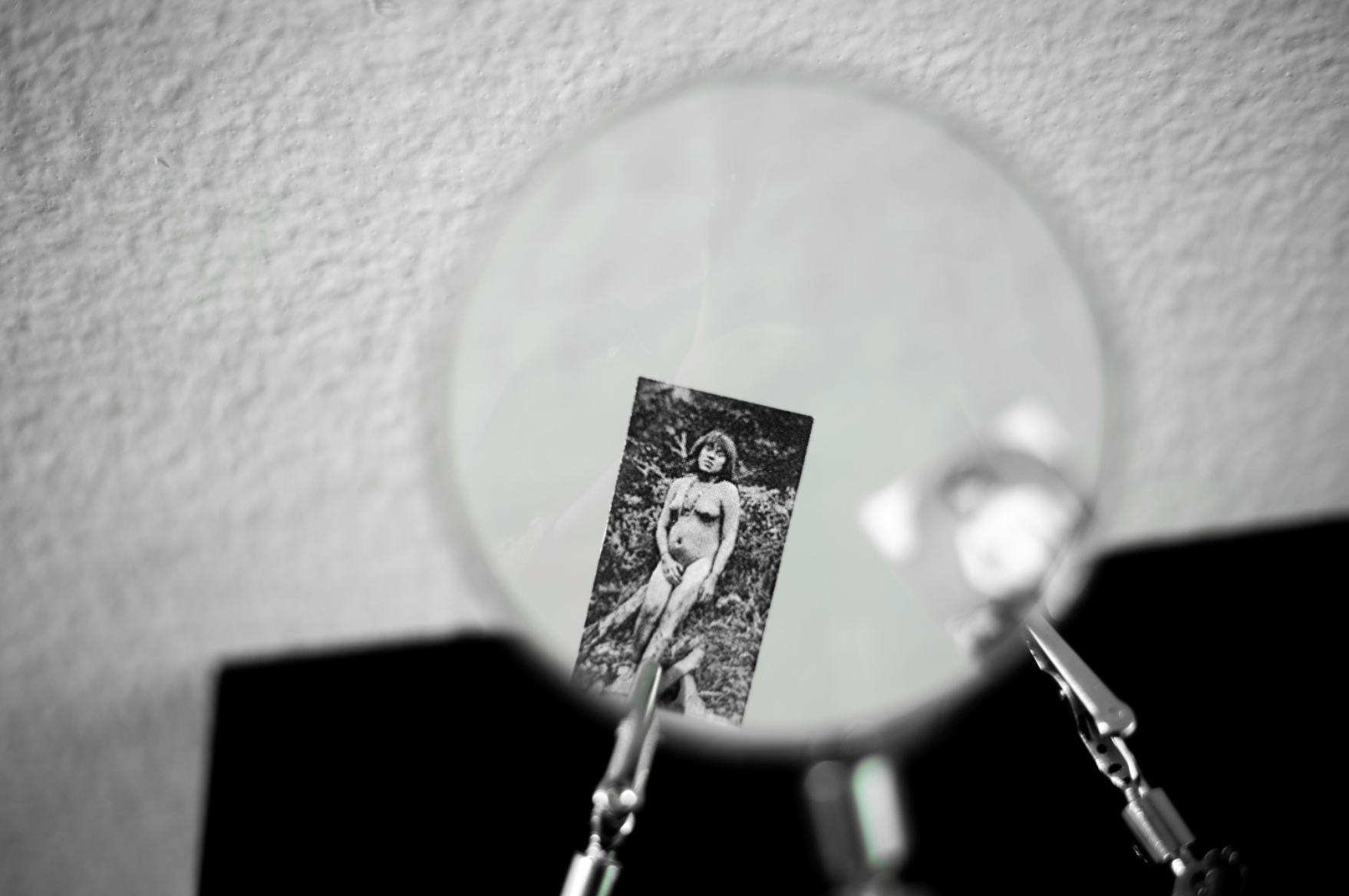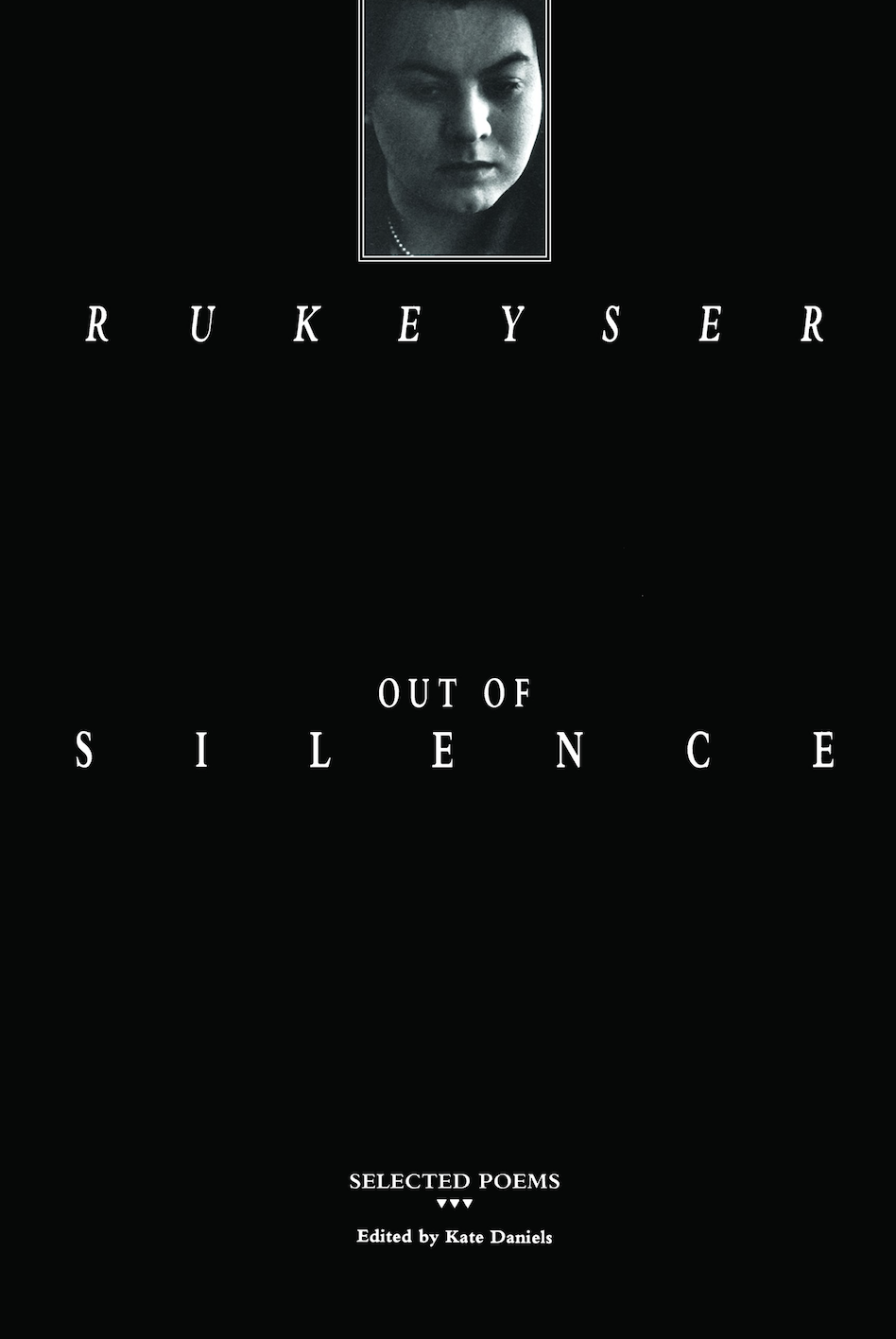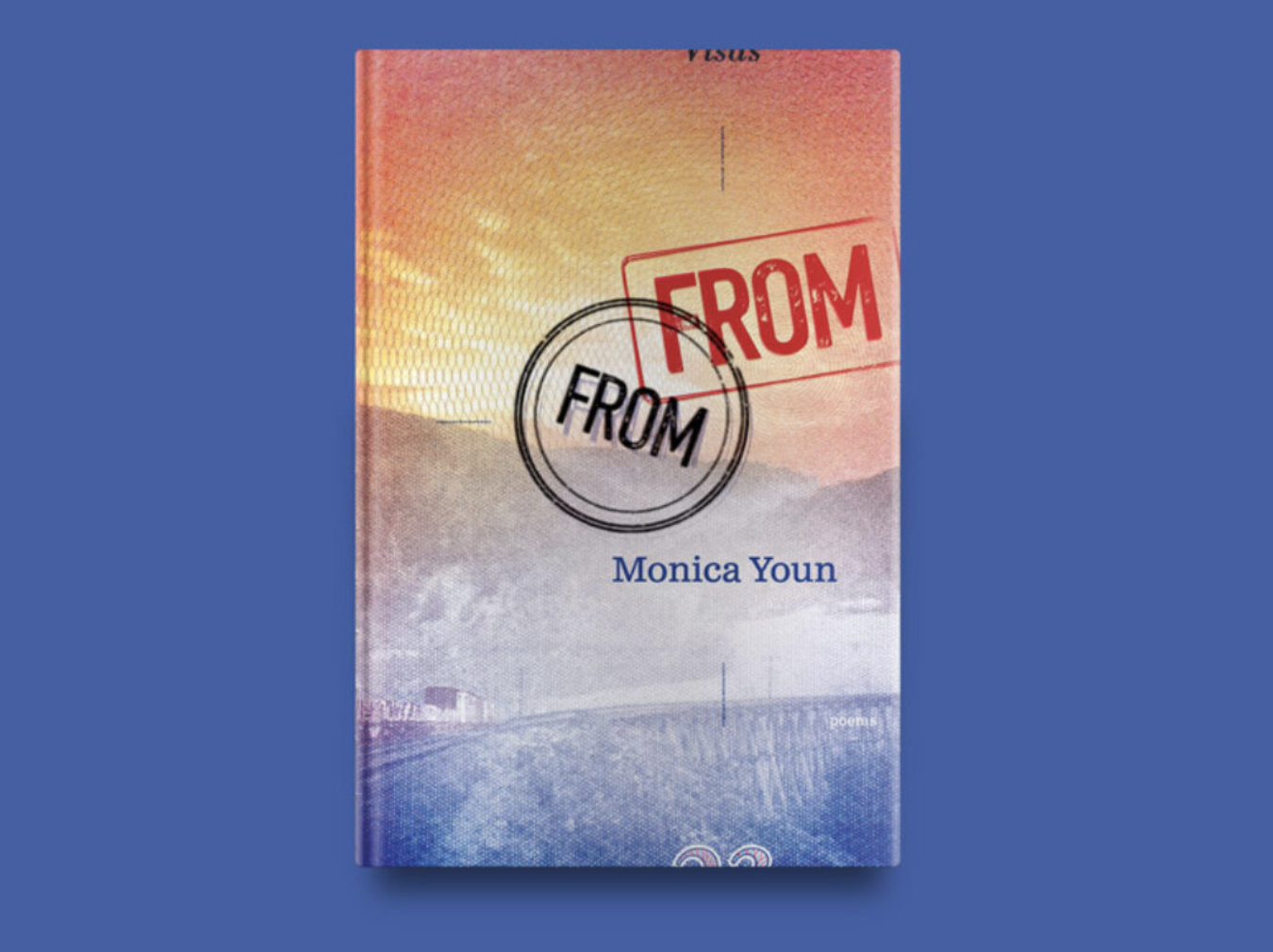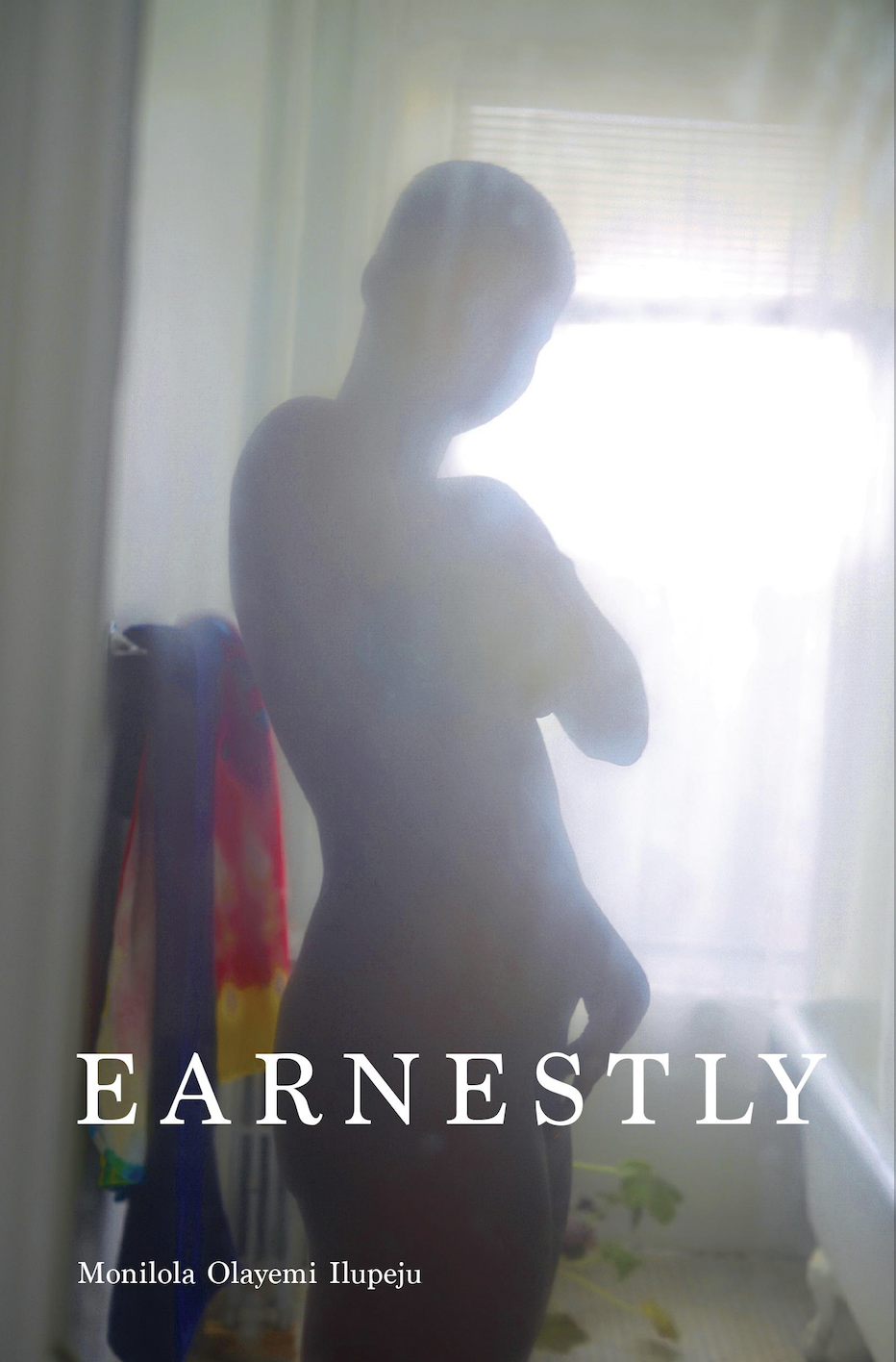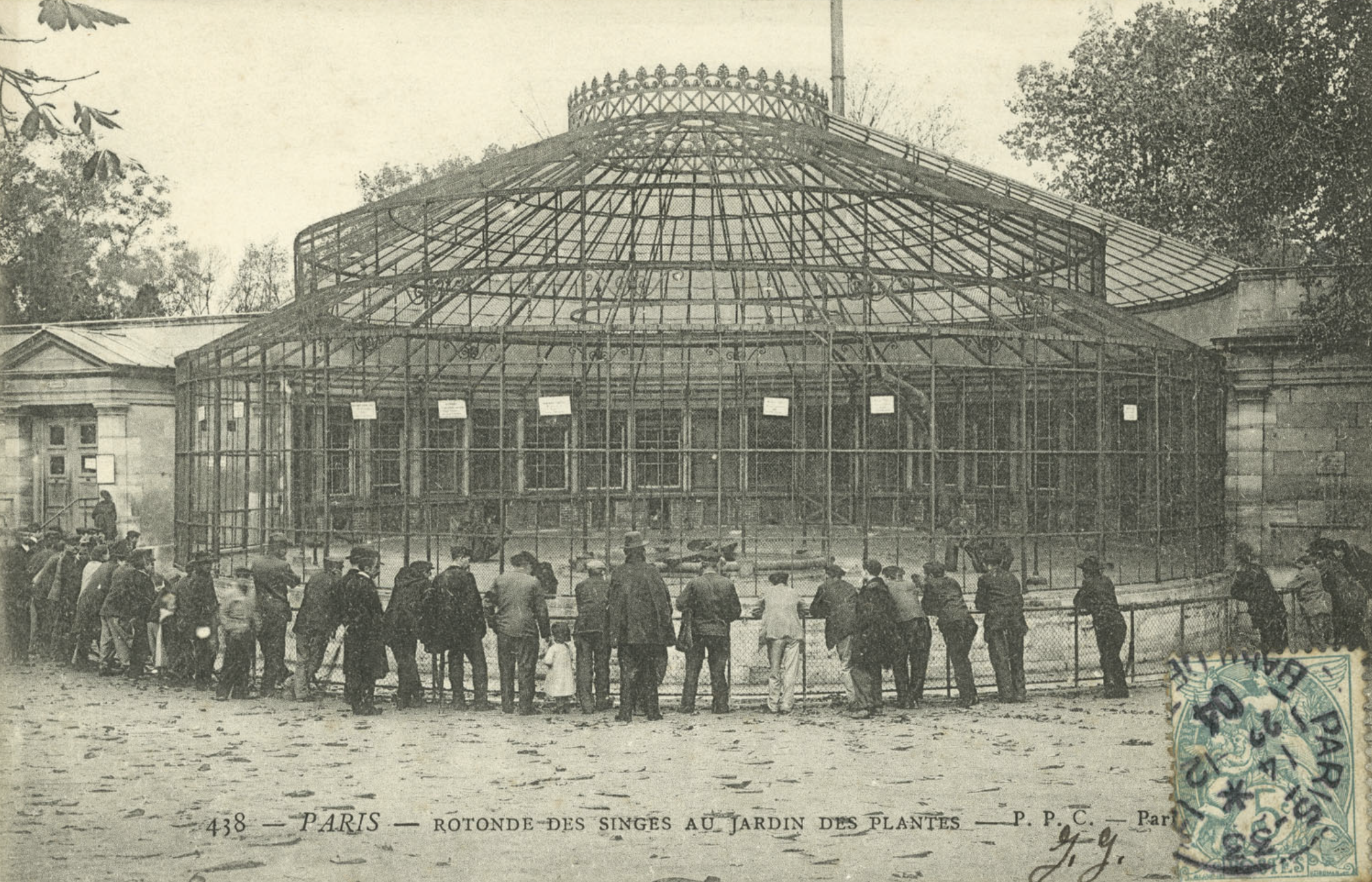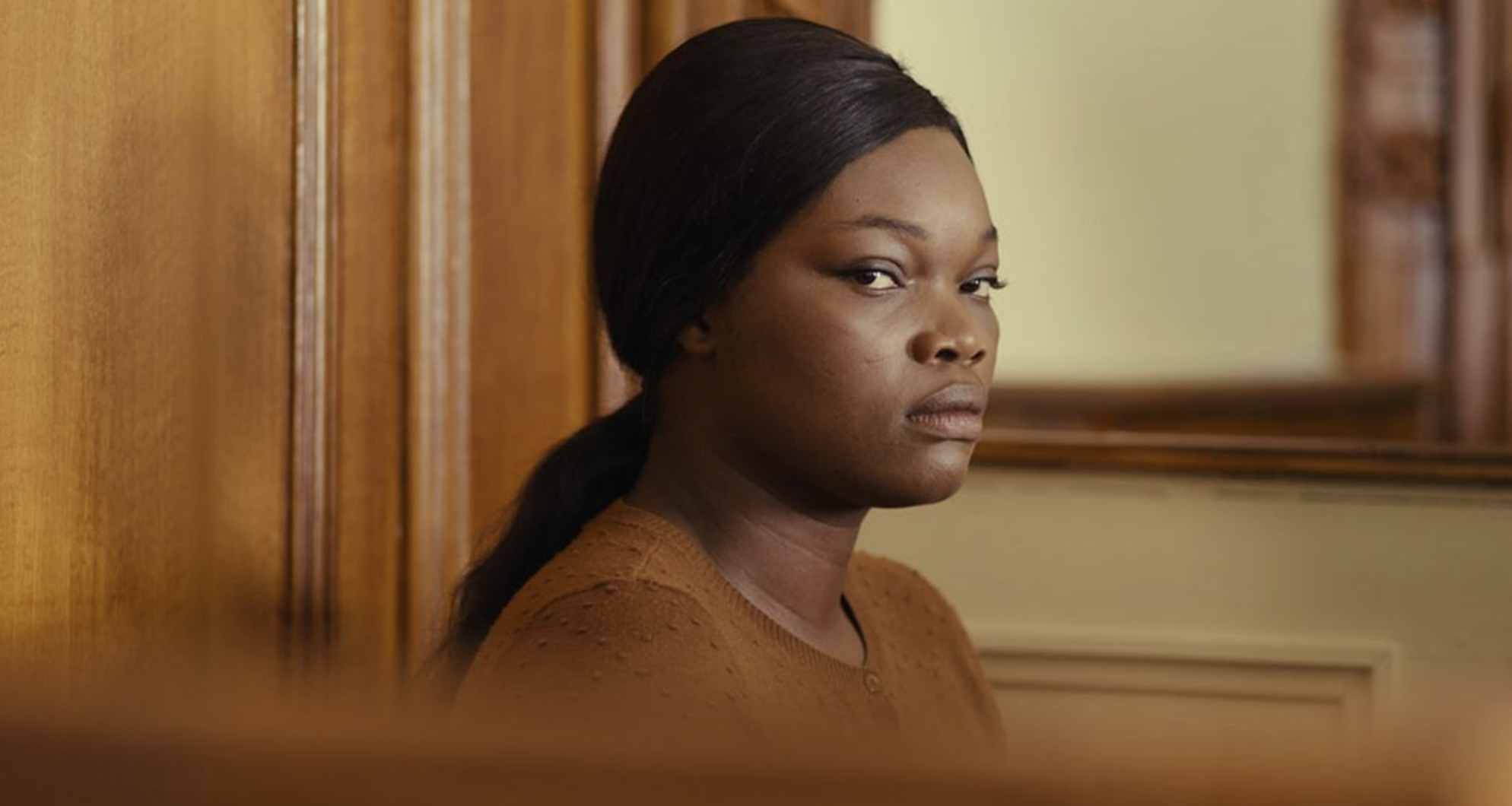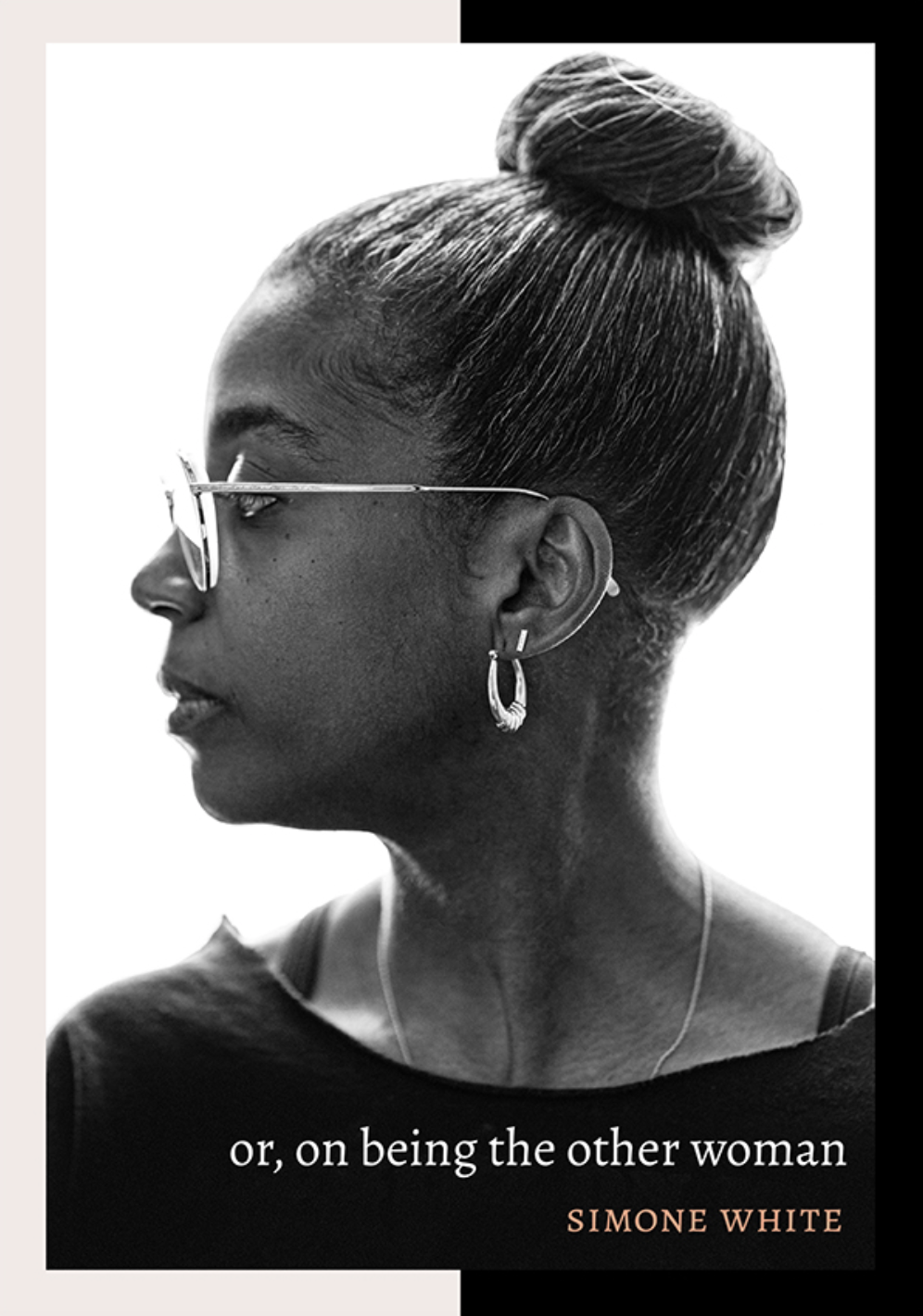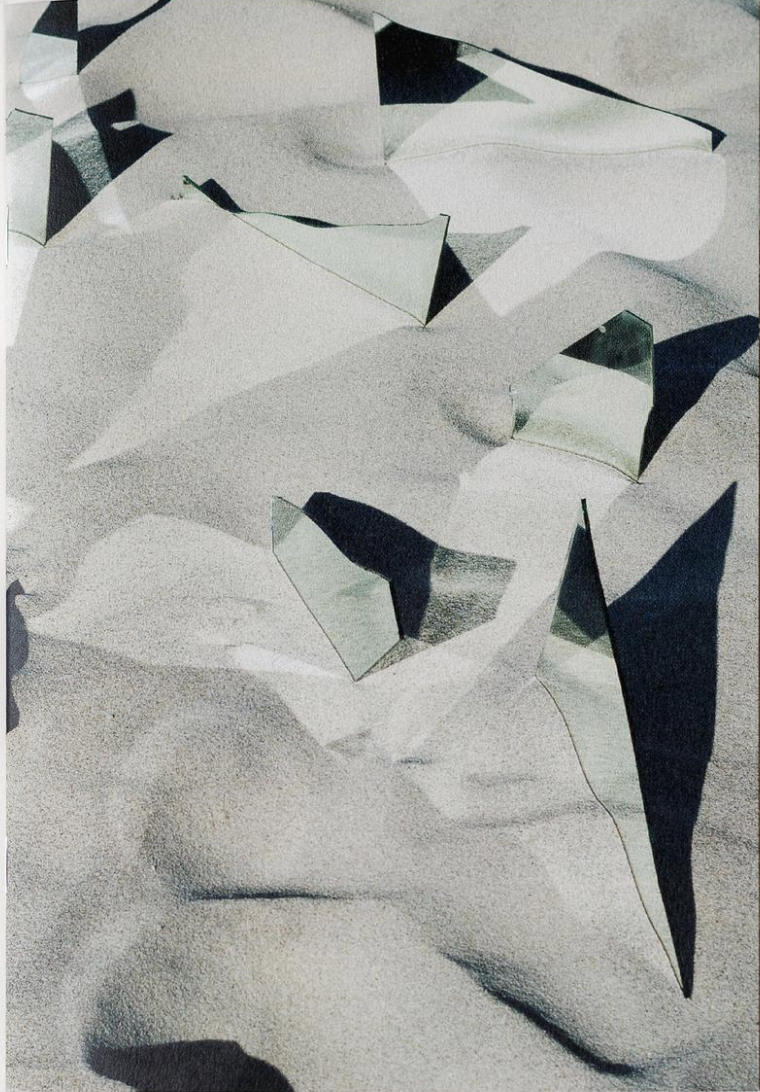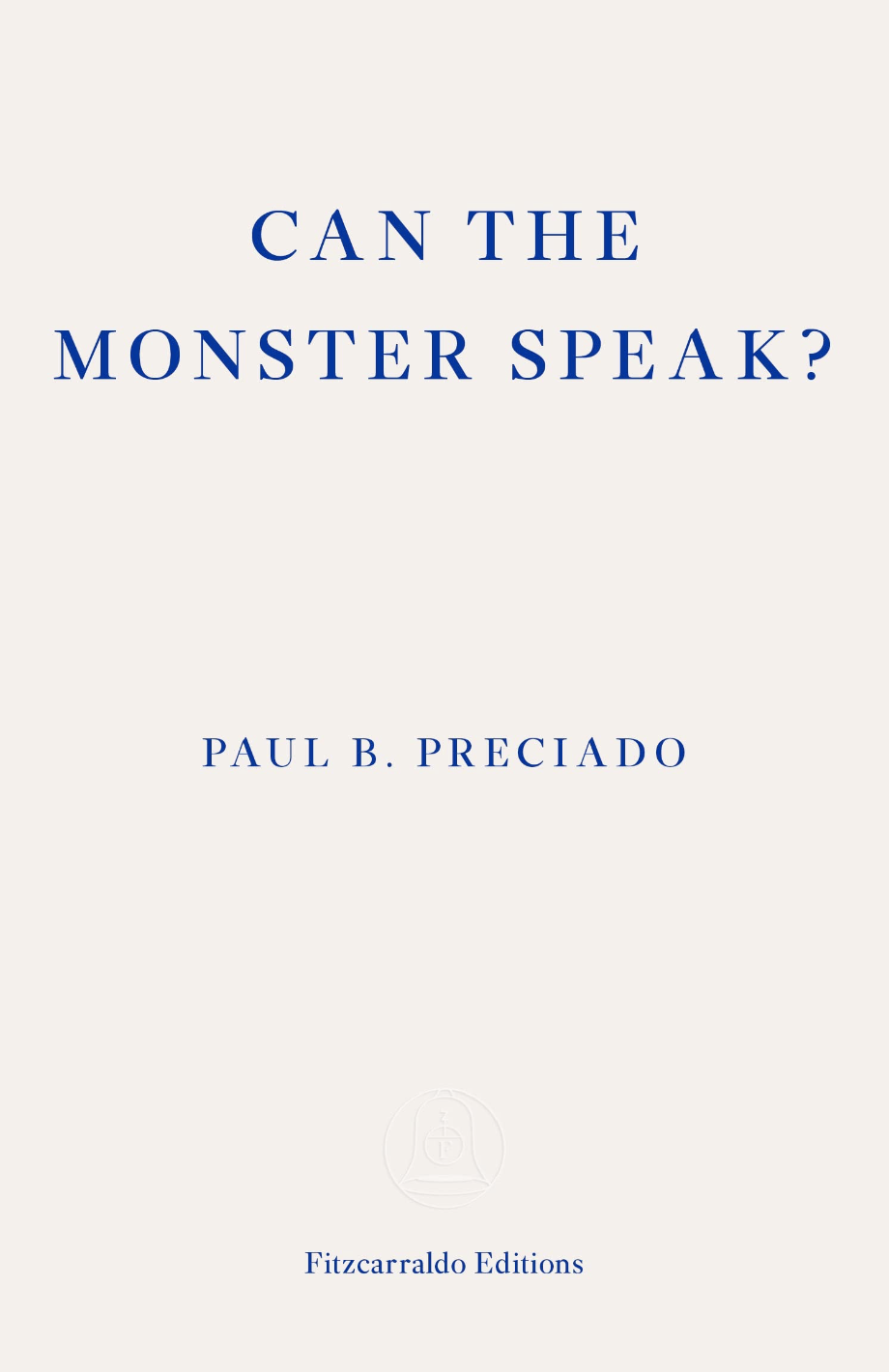CURATED READINGS ARCHIVE
MAY 2023
Hanne Lippard: 4 Poems
Hanne Lippard
Various Artists, 2023
New words, word pairs, plays on words, such micro-inventions are omnipresent in Hanne Lippard’s work. The Berlin-based Norwegian artist is an avid observer of contemporary life. Her work talks about interactions with fellow humans and machines, odd situations we accept without even thinking about it anymore, and devices that are supposed to make our daily lives easier. She transforms her observations into absurdist poems combining found text with her own writing – sometimes performed live, sometimes presented in installations, writings, or sound pieces. No matter what the format is, Lippard makes us aware that language is far less solid and reliable than we think most of the time – cleverly and always with a pinch of humor.
Various Artists is publishing the four poems below as part of our ongoing thematic cluster on “Fabulating.” All of them have recently been performed by the artist herself on the occasion of the release of composer, musician, and sound designer Alban Schelbert’s Candid III, which features “Verbotener Neingang,” the final poem in their selection.
Read the poems here.
Na Mira Interviewed
by Katie Kirkland
BOMB Magazine, 2023
Na Mira grins as she holds my tarot card up to the camera: the devil. She is pulling from a deck painted by Leonora Carrington. In Carrington’s devil I see balance instead of disorder, mirroring instead of mastery; Na tells me that the devil brings with it a different worldview—an ability to see from many sides, entangling pain and pleasure, death and rebirth. Na’s card was the hanged man, another guide to navigating the underworld. An interpretation she loves is that the hanged man teaches us to see with our hearts over our heads, a fitting card for an artist who channels the sacred and unknown. During one of Na’s ritual performances, a transmission of voices and song began spontaneously arriving on a homemade microphone soaked in mugwort. It has been playing ever since over her glitching infrared projections and holographic, multi-screen installations, which prompt us to witness history anew—to remember, as Na tells me, that “even in moments that seem like an ending, there is still something burning.”
— Katie Kirkland
Read the interview here.
Claire Dederer on Doris
Lessing and the Divided Mother:
Finding Freedom in, and From,
Motherhood
Claire Dederer
Literary Hub, 2023
“When I first read The Golden Notebook, I was in fact a free woman. I was 21 years old, a college dropout living in a little house on the wild coast of New South Wales. I had ended up in the faraway antipodes for reasons I didn’t really understand. Okay, I followed a boy there—a relationship that didn’t work out. Now I had a tiny room to myself and I worked in a warehouse and aside from that I spent my time drinking beer, going to punk rock shows, hopping trains, and reading.
The problems faced by Anna Wulf were unknown to me; these were problems that had to do with commitments—to a child, to a politics, to a future. I was committed only to the pleasure of the day. But I chimed to the idea of freedom, and I could feel I was doing it wrong. Freedom, I intuited, ought to have higher stakes, and much much greater rewards than all the time in the world to read fat novels and steal a ride on a train to a rock show in the sticks somewhere…”
— Claire Dederer
Read the article here.
Alina Stefanescu: Three Poems
Alina Stefanescu
The Hoosac Institute, 2023
Alina Stefanescu was born in Romania and lives in Birmingham, Alabama. She is a poet, writer, translator, and essayist whose work can be found in literary journals including Prairie Schooner, North American Review, World Literature Today, Pleiades, Poetry, BOMB, and Crab Creek Review, and various anthologies, including Best American Poetry 2022 edited by Matthew Zapruder, What Things Cost: An Anthology for the People (University Press of Kentucky, 2023), Stronger Than Fear (Cave Moon Press, 2022), The Best Small Fictions (Sonder Press, 2021), Choice Words: Writers on Abortion (Haymarket Press, 2020), Writer’s Resist Anthology (Running Wild Press, 2018), For Love of Orcas Anthology (Wandering Aengus Press, 2019), and annual anthologies from Orison Press and Bending Genres. She has served as a judge for literary prizes, including the Poetry Foundation’s 2021 Pegasus Award for Literary Criticism, the NSFP’s 2023 National Student Chapbook Prize, River Heron Review Poetry Prize, FRiction Literary Prize for Flash Fiction, F. Scott Fitzgerald Museum & Foundation Writing Prize, and others.
The Hoosac Institute published three of Stefanescu’s poems: Poem to First Love, Dear B— would that you hadn't unlatched the symbols, and Of Dignity.
Read the poems here.
Q&A With
Rebecca Zlotowski
Le Cinéma Club, 2023
Rebecca Zlotowski is one of the most preeminent writer-directors working in France today. She attended both the prestigious Ecole Normale Supérieure and La Fémis. Her first film, 2011’s Belle Epine, won the Prix Louis Delluc for First Film at Cannes. Since then, Zlotowski has continued to make films that playfully turn archetypes on their head, writing with quietly provocative empathy for her characters. Her fifth and latest feature stars the luminous Virginie Efira as a woman who begins dating a man with a young daughter, sparking her own musings on legacy and motherhood.
Other People’s Children opened in theaters in April 2023.
Read the interview here.
by Alison Knowles
Alison Knowles
UBU Classics, 2004
Originally published between 1965 and 1967, the Great Bear contributors were a who’s who of the sixties avant-garde. All of the pamphlets were staple-bound and 16 pages in length (except for the Manifesto issue, which was 32 pages). While they shared the same format,each title in the series was printed on varying colors and types of paper. True to the originals, each pamphlet will be printed on various types and colors of paper and the complete edition will come in a hand-made pine box.
This reprint contains all the early performance pieces and events by the pioneering printer/artist of Four Suits fame, originally published in 1965.
Read the publication here.
Aria Dean with McKenzie Wark
The Brooklyn Rail, 2023
Aria Dean is an artist who works in multiple media. Her interest in materialist and structural film has always been an intellectual base, and in her new film Abattoir, U.S.A.! she builds upon that base in ways that expand her creative practice. The film takes place in a slaughterhouse, and the artist has much to say about the history and architecture of such facilities. In the conversation below, edited from a longer discussion that took place on the New Social Environment, Dean speaks with McKenzie Wark about the connection between her earlier film and her newest piece, the importance of collaboration, and the challenges of being an artist who is also a noted writer. Sternberg Press will publish a collection of Dean’s essays called Bad Infinity later this year.
Read the interview here.
“IT RAINS IN MY HEART,
IT RAINS ON MY
VIDEO ART”:
Rediscovering
Shigeko Kubota’s
Broken Diary
Lori Zippay
Voices in Contemporary Art (VoCA) Journal, 2023
In 1970, Shigeko Kubota (1937-2015) initiated an extraordinary series of autobiographical single-channel video works—collectively titled Broken Diary—that chronicled her everyday life. These low-tech video journals are intimate and idiosyncratic, at times comic, at times poignant. An eclectic record of personal history and collective memory, the Broken Diary series charts the quotidian details of the artist’s life and, in the process, captures a specific cultural and artistic milieu of the 1970s and 1980s. Conveying a powerful sense of female identity, the Broken Diary journals are among the most resonant but least well-known of Kubota’s works.
Read the article here.
The Winter Zoo
Kate Zambreno
The Yale Review, 2023
We returned to the zoo during the winter break. The city, or at least our surrounding neighborhoods, appeared emptied out, possibly to extended family or island holidays. My sister had gifted us a membership, and so our entry was free. We had nothing else to do after the toddler woke up from her nap and before the early winter darkness fell. Maybe we were curious to see how the animals were faring, this season, during the changing temperatures.
We entered the zoo from the Children’s Corner, which led us directly to the sea lion pool. Each time we visited that winter, we just missed the last feeding of the day, where zoo workers, usually women, feed their charges from buckets of fish, encouraging them to turn flips or clap large sleek flippers to their human hands, to the applause of the crowd. The zoo’s website for the sea lion feeding hours had not been updated since March 2020, as if our ensuing isolation that began that month had frozen the schedule, and by the time we arrived, we were told feeding was just over for the day…
Read the article here.
Camille Liu and
Kasia Wozniak in
conversation at
Sarabande Foundation
Camille Liu
Speciwomen, 2023
“I work predominantly with wet plate collodion, sometimes with cyanotype, and with direct color paper positives. It’s mainly because I want to be able to make everything. I never want my pictures to look like they come from the time in which they’ve been made. I want them to be suspended between eras, like a memory. I was having a battle with wet plate for a long time because the process is so old, there an inevitable notion of time carried with the process. I found a picture in the market in Vienna and thought I really want to make exactly this. That is how it all began.
I don’t really use digital cameras. I have thousands of photos on my phone, as everybody does. But for me photography is more about tangibility and the possession of the physical, as well as what that physicality means. I don’t create a lot – whenever I shoot an editorial story, it’s always twelve or fifteen photographs, sometimes eight or ten. I struggle with making choices as well, so for me less is more.” — Kasia Wozniak
Read the interview here.
Kenturah Davis: Dark
Illumination at OXY ARTS
Lauren Guilford
Speciwomen, 2023
In the silvery frays between light and dark, shadows scratch at illusions of reality. Kenturah Davis' practice is often situated in obscure and shadowy spaces such as these, in twilight zones that evade omniscient thinking, turning our flimsy blueprint constructions of perception into slippery jello. Davis makes us sensitive to the emergent vibrations that echo in the pit of a shadow, in the shadow beneath another shadow's shadow, rippling and cascading outward and falling back in on itself. Davis' solo exhibition, dark illumination–realized over the course of her residency at OXY ARTS—presents a body of work that expands upon the artist's ongoing ontological inquiry into the boundaries of perception, considering the dualistic forces embedded in language and representation that condition our sense of self and reality. Davis continually challenges the hierarchies of knowledge that scaffold perception.
Inspired by Jun'ichirō Tanizaki's 1933 essay In Praise of Shadows, Davis considers the emergent potential of shadows and the situated and relational environments that underpin ontologies of light and dark, shaped by particularities of identity, culture, and history.
Read the review here.
APRIL 2023
Hand To Flame: Simone Leigh
and Madeleine Hunt-Ehrlich’s
Conspiracy
Yasmina Price
Three Fold Press, 2022
An incantation of multiple architectures of the self for black women, Conspiracy (2022) is a film by artists Simone Leigh and Madeleine Hunt-Ehrlich. This tribute to the manual labors of creation, which closes with a gesture of contained black feminist arson, forms a contact zone between their respective practices of sculpture and filmmaking. The wandering hypnosis of Hunt-Ehrlich’s gorgeous black and white cinematography ritualizes the assertive elegance of Leigh’s craftsmanship of clay and stone. While the film is part of the ensemble of Leigh’s 2022 Venice Biennale U.S. Pavilion, it is also a striking piece on its own. This shared composition is directed by a mesmerizing attentiveness to the haptics of sculptural labor. Conspiracy opens with a tray of scattered sculpting tools on a wooden table. An overhead shot pans smoothly across the table to pause above a pottery wheel, on top of which lies a circular slab of clay. Two hands are shown breaking off chunks of clay—thick cylinders pressed and molded to the base—in a captivating real-time documentation of the process of shaping the material into a cylindrical object.
Hunt-Ehrlich and Leigh’s film performs an enchanting re-citation of Hands of Inge (1962), a 16mm black and white documentary about the artist Ruth Inge Hardison. An actor and photographer, Hardison was most dedicated to her practice as a sculptor. As one of few black women recognized in this capacity, there is a line of inheritance between her and Leigh’s defiant positionalities within the white norms of the art world.
Read the article here.
In Dialogue:
Writing Women’s History
Marion Turner, Margaret Chowning,
Virginia Trimble, and
David A. Weintraub
Princeton University Press, 2023
Over the last century, radical shifts in historical scholarship have filled glaring gaps in the way we understand gender from the past and in the present. By developing new methods of writing history, feminist scholars have produced more pluralistic and inclusive histories globally.
In celebration of this collective effort, we asked four of our authors the following question: What do we find when we read ‘women’ into histories that often exclude them? Their responses, ranging from medieval British literature to postcolonial Mexico to modern astronomy, illuminate the necessity of excavating women and womanhood from the past and the gifts we all enjoy upon doing so.
This Women’s History Month, we present this dialogue to honor the innumerable women who make up our history as well as the many who write it.
Read the article here.
What about Mrs* Eames?
Jennifer Walker
Messy Nessy Chic, 2023
“What works good is better than what looks good, because what works good lasts,” once said Ray Eames, the artist, designer, and wife of Charles Eames. The Eames partnership revolutionised our concept of modern furniture and quite literally shaped the way we live. Although their collaboration was truly egalitarian, Charles Eames became the face behind the household name, while his wife Ray’s legacy was tucked away behind her husband’s shadow. “Anything I can do, Ray can do better,” Charles had said, who frequently acknowledged his wife as his equal partner in his business and credited her as the brains behind many of their designs. Still, design history didn’t leave much room for a woman in the picture.
Although she would make her name in design, Ray took a different path towards abstract art in her early career, mainly as she followed her early passions for art and ballet. She studied illustration, poster art, and art history at the local Sacramento Junior College in the early 1930s before she moved to New York to study with European emigré artist Hans Hofmann, one of the key players in the transformation of European abstraction in American art. Hofmann had an excellent way of using abstract form, colour, and composition to create illusions of depth, space and movement, most notably his “pull and pull” technique that created tensions in his art, which clearly inspired Ray Eames later in life.
Read the article here.
Allom! Amatai! Allom! –
Photomedia Essays
by Yee I-Lann
Essays by Yee I-Lann,
Curated by Denise Lai.
A+ Works of Art, 2023
Allom! Amatai! Allom! is an exhibition of three photomedia essays by Yee I-Lann: Rasa Sayang, Measuring Project, and Untitled Self-Portrait. Within the universe of “Borneo Heart”, they narrate the Sabahan artist’s journey towards the tikar (mat), and how its principles commingle with those of an enduring practice centred around egalitarian, feminist, and non-hierarchical knowledges.
The exhibition title borrows from the measurement system used by weavers of the Sama DiLaut community at Palau Omadal, who calculate the dimensions of their mats with the principal weaver’s feet. The first step is accompanied by the exclamation, “Allom!” (“Life!”), followed by “Amatai!” (“Death!”) upon the next. The process continues as the principal weaver (always a woman) counts her steps, with the caveat that the mat must end with an Allom.
This ancestral practice, passed down to I-Lann as she began her series of woven mat works with the community in 2018, is exemplary of the ideas proposed by the works of display here. To think about measurements through the body, through life and death, is to challenge cultures of objectivity concerned with precision and quantification.
These works ask what it means to let go of mastery and to find new centres proposed by practices of an otherwise.
Read the essays here.
A Passion for Living
in the Present:
A Conversation
with Yuko Tsushima
and Annie Ernaux
Lisa Hofmann-Kuroda
Literary Hub, 2023
In 2004, Yuko Tsushima and Annie Ernaux, two of the most groundbreaking feminist writers of their generation, met in Tokyo to discuss everything from motherhood, abortion, and the Iraq War, to the ongoing challenges faced by women writers in France and Japan. Along the way, they offered deep and generous readings of one another’s work, revealing the extent to which their literary approaches converged along common themes and concerns, even as they wrote from distinctly different literary traditions.
While literary influence often mirrors geo-political hierarchies, with writers outside ‘the West’ far more likely to be familiar with the work of writers within it than vice versa, Ernaux was well aware of Tsushima’s work at a time when few others in Europe and the United States were—to the extent that she included a quote from Tsushima’s novel O Dreams, O Light! in the epigraph to her 2000 novel Happening: “I wonder if memory is not simply a question of following things through to the end.”
During their conversation, Ernaux and Tsushima communicated through an interpreter named Shigeki Hori, who is also Ernaux’s main translator into Japanese, and the resulting dialogue was published in the fall 2004 print edition of Mita Bungaku, a Japanese literary journal.
Read the article here.
Adéla Součková: Happiness /
Sadness / Love /
Marriage / Flower /
Rose / Baby / Death
Adéla Součková
Various-Artists, 2022
“The ground is full of hopscotch courts, each of a different shape that offers a possible life-story. Which court does your life fit in?” In her practice, which spans drawing, video, and poetry, artist Adéla Součková imagines and connects the past and the present, life and death, architecture and natural landscapes, women and wombs, historical references and childhood memories through a simple yet prophetic lens: the hopscotch. Like so many forms of individual and collective practices, the popular playground game, where you jump a certain pattern drawn on the ground, can be traced back to ancient times. Today it is known across the world under many names and can be found in countless variations with different patterns, forms, and rules.
For V/A, Součková has created a poetic essay, sharing insights into her examination of the hopscotch as well as her own practice. The result, which features text and images, introduces a tender language including the emotional as much as the sciences, tracing the past to build alternative narratives of shared histories and possible futures.
Read the article here.
Olga Tokarczuk, The Art of
Fiction No. 258
Olga Tokarczuk,
Interviewed by Marta Figlerowicz
The Paris Review, Issue 243, 2023
Olga Tokarczuk is young for a Nobel Prize winner. She received the award four years ago, at fifty-seven, for “a narrative imagination that with encyclopedic passion represents the crossing of boundaries as a form of life.” Her painstakingly researched novels recover forgotten chapters of Eastern and Central Europe’s multilingual, multicultural history, drawing on Gnosticism, Kabbalah, Apocrypha, tarot, and pre-Christian paganism. Her insistence on tackling the long entwinement of Polish and Jewish cultures and the notion of gender as fluid—and as a social construct—has made her a controversial figure in her conservative home country of Poland. In 2019, the minister of culture, when asked for his thoughts on Tokarczuk’s work, said he’d never made it through any of her novels.
Tokarczuk was born in Sulechów, in western Poland. When she was nine, her family moved south to Silesia, a region that has, over the centuries, frequently changed national ownership, and that forms part of Europe’s sanatorium belt, which includes the Davos of Thomas Mann’s The Magic Mountain. Her father was a refugee from Ukraine who barely escaped the country’s midcentury eruption of interethnic violence; her mother came from southeastern Polish peasantry. Before committing to writing full-time, Tokarczuk worked as a psychotherapist and ran a small publishing house and a bookstore.
Read the interview here.
Red, White, Yellow and Black:
1972–73
Lumi Tan, Lia Robinson,
and Wyatt Allgeier
Gagosian Spring Issue, 2023
In December 1972 and April 1973, Shigeko Kubota, Mary Lucier, Cecilia Sandoval, and Charlotte Warren conceived of “multimedia concerts” at The Kitchen, New York, under the name Red, White, Yellow, and Black—a name that associated each artist with her cultural identity. Exemplifying their individual activities and backgrounds rather than acting as a coalition, the four women performed and exhibited multimedia work that dematerialized after its presentation and has since been reconstructed only through scholarly text. In recognition of the fiftieth anniversary of these performances, The Kitchen will bring together rarely seen archival material from the evenings alongside a presentation of Kubota’s Riverrun (1972) at their satellite space at the Westside Loft at Westbeth in New York. Organized by Lumi Tan, former senior curator, The Kitchen, and Lia Robinson, director of programs and research, Shigeko Kubota Video Art Foundation, alongside Kitchen staff Angelique Rosales Salgado, curatorial assistant, Alex Waterman, archivist, and Matthew Lyons, curator, the presentation will examine the lasting influence of these ephemeral performances.
Here, Tan and Robinson speak with the Quarterly’s Wyatt Allgeier about the genesis of the project, the necessity of research and oral history to its development, and what they hope visitors will glean from the legacy of this unique arts collective.
Read the article here.
MARCH 2023
From the publication
Trinh T. Minh-ha:
Traveling in the Dark:
Phantom Images on the Move
Trinh T. Minh-ha, Ute Meta Bauer
Mousse Publishing, 2023
This conversation took place online when the film was still in progress, in connection with the opening of the exhibition Trinh T. Minh-ha: Films at NTU CCA Singapore, October 17, 2020– February 28, 2021. First published as “What about China?,” Moving Worlds 20, no. 2 (2020),145–52., with an introduction by Ella Raidel.
Trinh T. Minh-ha’s latest film, What about China?, initiated and co-produced by NTU Centre for Contemporary Art (NTU CCA) Singapore and the Rockbund Art Museum in Shanghai, was a component of the first large-scale solo exhibitions of her work in Asia. Taking the notion of “harmony” in China as a site of creative manifestation, What about China? focuses on Chinese culture and identity through its artistic and rural architectural practices as well as through everyday village activities. In the foreseeable demise of China’s peasantry as a class, Trinh is asking again: what exactly is disappearing? Situating the film in the realm between ancient wisdom, avant-garde experiment, and popular folk acumen, Trinh creates a work that is interrogative and reflexive by nature; one that exposes the naivety of a cinematic technology and ideology that claims increasing unmediated access to reality.
Read the conversation here.
The Guerrilla Girls:
Four Decades of Disruption
Haja-Marie Kanu
Avant Arte, 2023
From the streets to the Supreme Court, the punk feminist art collective are still fighting for social justice in the art world and beyond.
The Guerrilla Girls are the “conscience of the art world” – a collective of women artists calling out sexism and other forms of discrimination. Their villain origin story began in 1985, the year after the Museum of Modern Art in New York exhibited An International Survey of Recent Painting and Sculpture. Of the 165 artists featured, only 13 women earned the honour of being included. Anonymity is crucial to what they do. They use pseudonyms of dead women artists like “Frida Kahlo” and “Mary Boone” – a reminder that there are in fact women artists. They also wear gorilla masks made of latex and fur to mask their identities.
Not only is this an attention-grabbing aesthetic that has captivated the media for the last four decades, it also means that the work is not reduced to their physical appearance. This is pertinent in a world where statues and paintings of naked female figures fill museum halls, but women are still underrepresented in the arts.
Read the article here.
Marguerite Duras and
the Domestication of Desire
Lili Owen Rowlands
The New Yorker, 2022
In the celebrated French writer’s newly translated novel “The Easy Life,” keeping house is a defense against the shattering force of sexuality.
The story of the great French modernist Marguerite Duras is rarely told as a tale of household management, despite her obvious talent for it. She made her name writing about the agonies of her own eros in ruthless, blanched sentences—and yet she could also knit socks, sew a set of pajamas, and repair a lamp. She felt strongly that the Spanish were wrong about gazpacho, which should be made with water, not broth, and despite her hellacious drinking and prolific output (more than fifty novels, plays and films) she made sure that the shelves of her country home were stocked with the necessities: wine, potatoes, butter, oil, garlic, insulating tape, steel wool, and nuoc mam.
Keeping a house, Duras explains in “Practicalities” (1987), is an endless struggle to impose order on the chaos of everyday experience. Like “doing a balancing act over death,” domestic work defends against the household disasters (adultery, mental breakdown, murder) that structure so many of her works.
Read the article here.
On Boundaries
Fariha Róisín
How To Cure a Ghost Substack, 2023
“I think of boundaries a lot, what they are, what they mean… so I thought I’d share those thoughts and how I’ve been gathering myself and constructing myself more clearly, so those lines of self are more apparent to myself, at the very least.
As a teacher told me a few years ago, boundaries aren’t about keeping others out, they about keeping yourself in.
So they are changeable, permeable and evolutionary and they can be a deeply profound and fluid way of always knowing what is yours and what is someone else’s.” - Fariha Róisín
More information on this newsletter is available here.
Utopia
Bernadette Mayer
United Artists Books, 1984
A collection of texts defining utopia as a place existing only within the domain of language, Utopia gives a synthesis of historical utopias and a snapshot of the 1970-1980's poetic scene.
An avant-garde writer associated with the New York School of poets, Bernadette Mayer was born in 1945 in Brooklyn, New York, where she lives and works. From 1967 to 1969, she published the experimental newspaper 0 to 9 with artist Vito Acconci, which combined texts and works of writers and conceptual artists based on the use of language (Ted Berrigan, Clark Coolidge, Hannah Weiner, Aram Saroyan, Robert Smithson, Dan Graham, Morton Feldman or Sol LeWitt).
Mayer's composition methods such as chance operation, collage and cut-up identifies her as being close to the likes of John Cage, Jackson Mac Low or Frank O'Hara—central figures of the New York School—as well as more contemporary figures associated with the magazine L=A=N=G=U=A=G=E. Mayer's work is also influenced by modernist figures such as James Joyce, Gertrude Stein and the Dadaists or classical authors (Catullus).
More information on this title is available here.
The Making of Untitled
from Cindy Sherman:
The Complete Untitled Film Stills
Cindy Sherman
The Museum of Modern Art, 2003
“I was always glued to the television when I was a kid, and I loved movies. There was one show, The Million Dollar Movie, that played the same film over and over every night for a week, so you could really know it by heart. I remember stumbling across a bizarre futuristic film that was made up of nothing but still images except for one of the final scenes, which moved: it was Chris Marker’s La Jetée, which must have been on PBS when I was a teenager. I didn’t know it was meant to be science fiction, it was just very weird. Another time I had to go with my parents to a dinner and wound up watching TV in the basement, eating my little dinner alone watching Hitchock’s Rear Window while the adults partied upstairs. I loved those vignettes Jimmy Stewart watches in the windows around him—you don’t know much about any of those characters so you try to fill in the pieces of their lives.
SUNY Buffalo had a great film department (I went to the State College at Buffalo, which confuses a lot of people). For a time, I worked for Paul Sharits, the experimental filmmaker.”
- Cindy Sherman
Read an excerpt of this title here.
Yasmil Raymond on Kara Walker
Yasmil Raymond
When I think of Kara Walker’s work, Freud is never far from my mind. Not because I imagine Walker sitting in a leather armchair, smoking a cigar, and surrounded by miniature statues. Instead, what makes me think of the intrepid psychoanalyst is her commitment to digging into the cesspool of aggression and primordial desire. Then there’s her refusal to moralize: in her repertoire of sex-obsessed characters, both perpetrators and victims are equally capable of hostility and tenderness. It is in this zone of contradictions that Walker’s work provokes its peculiar kind of laughter. Freud wrote about the ways in which verbal jokes give voice to suppressed thoughts and fears; Walker’s humor is primarily visual but her ironies work as Freud described, her meticulous caricatures, and the erotic and scatological scenes in which they are set, standing in for the overwhelming grief and trauma of hatred. Vulnerability is crucial in comedy, helping to establish an affiliation between the performer and her audience. And although Walker’s work doesn’t depend on our having a sense of humor, it sure helps if we do.
In recent years, informed by the continuing violence against black Americans, Walker’s humor has grown more somber, and she has used the immediacy of charcoal and watercolor to respond to these brutal and alarming daily events.
Read the article here.
Alternative Biographies:
The Lives Of
Artworks In
Hanka Włodarczyk’s “Ślad”
Octavia Stocker
Another Gaze, 2023
In the opening moments of Hanka Włodarczyk’s film Ślad (1976), the Polish artist Alina Szapocznikow (1926–1973) takes a hammer and chisel to a rough sculpture with a sure, quick hand. We can’t see the chunks of stone flying away but because of the way Szapocznikow reacts we infer that they do – every so often, she flinches. Next the scene shifts to an exhibition opening where Szapocznikow, dressed in silvery animal print, accepts a bouquet of lilacs. Then she’s back in the studio slapping clay onto the crotch of a composite female figure with a wooden panel. Chiselling, charming, chiselling again, rubbing shoulders and hosing down clay: the back-and-forth swing between the studio and the gallery splits artistic labour into two modes: the social and the creative. It’s the former I find fascinating. I like to watch a celebrated woman working a crowd. The torturous oddity of historical female creativity is so engrained in the cultural consciousness that sometimes it’s easy to forget that the mechanism of rediscovery kicks in precisely because these women spent a good portion of their lives receiving awards and having roses tossed at their feet. By showing us the artist caught up in both types of work – making art and building a reputation – Włodarczyk skips over questions of inspiration and motivation.
Read the article here.
FEBRUARY 2023
The Sounds behind
StudioSound:
Matana Roberts's Playlist
Studio Museum
StudioSound invites musicians, producers and musical innovators to create original compositions inspired by the works on view. This commissioned based project activates the museum’s lobby and adds a parallel dimension to the art and artists on view. Past StudioSound artists include DJ Spooky, My Barbarian, Rich Medina, George E. Lewis, Marc Cary, and Guillermo E. Brown. StudioSound is organized by Dominic Hackley and Stephanie Pottinger. Matana Roberts, a StudioSound artist, shares some of her favorite music!
“My thirst for sound knowledge spirals from the traditions of the jazz alto saxophone, which is my main tool of reference, or "weapon of choice," as it was recently described to me. But it is heavily combined at this point with other sound aspects that intrigue me and filter through my work right now, such as language, repetition and trance. Below are items on my current playlist, chosen completely randomly. There's so much sound to explore out there, that I can barely keep track myself. By the time this posts, I will be onwards to completely different soundscapes most likely, but here are a few that I thought might pique any sound-seeker's interest” - Matana Roberts
Read the article here.
A Lost Interview with
Clarice Lispector
Benjamin Moser
The New Yorker, 2023
The longest and most wide-ranging interview that the great Brazilian author gave, here translated and published for the first time.
In the years since her death in 1977, Clarice Lispector has become more than a great writer, with the cohort of readers and scholars that great writers attract. In Brazil, she is a church. She has acolytes, appears at séances, and is even occasionally reincarnated: I know this because her reincarnations sometimes reach out to me on Instagram. And she spawned more than her share of garden-variety obsessives: I know this because I am one myself.
Clarice—such is her fame in Brazil that, like Presidents and soccer stars, she is always referred to by one name alone—speaks about herself and her writing. Yet what she says makes less of an impression than how she looks, how she sounds. One senses that she is at the end: that she is, indeed, speaking from her grave. Seeing her in this state is like watching a cathedral burning, or a great ship being scrapped.
Read the article here.
Finding a Home
in the Avant-Garde
Juliet Jacques
The Criterion Collection, 2023
I grew up in a small town in southeast England, and when I was a teenager, film became one the most powerful ways in which I began to imagine the world beyond it. I knew I would have to leave to explore it, though: Horley didn’t even have a cinema. (The Regent, located in a beautiful art deco building, closed in 1981, the year I was born.) But watching BBC2 and Channel 4 had given me hints that a realm of film beyond the blockbuster fare at the Screen in Reigate or the Crawley multiplex existed, and the bands I liked referenced Jean Cocteau, Werner Herzog, and François Truffaut in their lyrics and on their record sleeves. But arriving at the University of Manchester in 2000, I couldn’t find anyone who wanted to immerse themselves in cinema with me, and I was astonished to find that the university didn’t even have a video library.
My undergraduate years were lonely, and when I had nothing to do—sometimes in the hours between lectures, but more often on evenings when my flatmates wanted to get drunk in cheap bars and I didn’t—I often went to the Cornerhouse, a gallery and three-screen cinema near the campus.
Read the article here.
Hito Steyerl, Power Plants
Hito Steyerl
Serpentine Galleries, 2019
Hito Steyerl (b. 1966) is a German filmmaker, visual artist, writer and innovator of the documentary essay film. Drawing upon topics such as media, technology and the global circulation of images, she sharpens the viewer’s perception of what is real through moving-image works and installations that combine found, filmed and digitally animated footage. Developed from research and interviews, Steyerl’s works inhabit the aesthetic spaces of documentary film and dream-like montage, while the extension of each artwork into architectural and digital space is key to the viewer’s experience. For her, artistic production and the theoretical analysis of global social issues are always closely linked.
Steyerl’s series of projects at the Serpentine Galleries is positioned under the rubric of ‘power’. Together exploring ideas and predictions at the meeting point of artificial intelligence and human testimony, Steyerl’s institution-wide project offers visitors multiple realities and platforms of engagement throughout the spring season and beyond.
Read about and view the project here.
Woman With a Weapon-Camera:
On the work of Sarah Maldoror
Yasmina Price
The New Inquiry, 2020
Sarah Maldoror was a voice for history. I borrow this phrase from Euzhan Palcy, a Black woman filmmaker, like Maldoror, who demanded an autonomous place behind the camera. Aimé Césaire: A Voice for History (1994) is Palcy’s magnificent three-part film on her mentor, the Négritude founder, writer, and political figure. Maldoror and Césaire were also friends and collaborators, and he once wrote a poem dedicated to her. While she had her specific and singular outlook, Maldoror was nevertheless a filmmaker whose primary investments were in collective work.
When I think of Maldoror I think of the tasks of gathering, cataloguing, and educating — perhaps not familiar terms to describe the work of a director mostly known for her narrative filmmaking. Yet hers was a far larger historical project, attentive to the legacies of Black cultural production as part of a revolutionary commitment to upending systems of colonial oppression.
Read the article here.
Corpus Delecti:
Performance Art of the Americas
Coco Fusco
Routledge, 1999
The most comprehensive volume on performance art from the Americas to have appeared in English, Corpus Delecti is a unique collection of historical and critical studies of contemporary Latin performance. Drawing on live art from the 1960s to the present day, these fascinating essays explore the impact of Latin American politics, popular culture and syncretic religions on Latin performance.
Including contributions by artists as well as scholars, Fusco's collection bridges the theory/practice divide and discusses a wide variety of genres.
The essays demonstrate how specific social and historical contexts have shaped Latin American performance. They also show how those factors have affected the choices artists make, and how their work draw upon and respond to their environment.
More information on this title is available here.
Representation and Participation:
Indigenous Latin American
Artists in the Transition
Between Two Centuries
Andrea Giunta
AWARE Women Artists, 2023
This article’s title is taken from the title of a piece by Rosana Paulino (b. 1967), an Afro-Brazilian artist who has become a reference for new generations of artists struggling to transform the politics of artistic representation. In writing about the exhibition 34 Panorama del Arte Brasileño (Museu de Arte Moderna de São Paulo, 2015), which presented carved stone sculptures, Brazil’s oldest artworks, alongside the work of six non-Indigenous artists invited to address the abstract art Indigenous past, she asked why no work by contemporary Indigenous artists was included. I’ve altered her original phrase – “representation without participation” – swapping “without” for “and” to underline the necessity and urgency of transforming this situation.
This article offers an evaluation of the representation and participation of artists linked to the continent’s first peoples in contemporary Latin American art. It explores both the work of non-indigenous artists in relation to the cosmologies of first peoples, as well as the active participation of indigenous artists. It touches on not only the work of women but also non-binary artists.
Read the article here.
Out of Silence: Selected Poems
Muriel Rukeyser, Kate Daniels (Ed.)
Northwestern University Press, 1994
Out of Silence is a poetry book encompassing the contradictions of twentieth-century America.
More information on this title is available here.
Monica Youn by Dorothy Wang
Dorothy Wang
BOMB Magazine, 2023
In anticipation of the release of her fourth book, From From, the National Book Award finalist reflects on the myth of the “model minority,” the importance of representation, and writing poems that no one will describe as “beautiful.”
I first encountered Monica Youn’s name almost thirty years ago in a student journal published at Oxford University, where she was a Rhodes Scholar. In those days, Anglophone Asian diasporic poets seemed so rare that I scoured bookstores and literary journals for any Asian-sounding name. Discovering Youn’s poetry was like finding a rare nugget, evidence that young Asian Americans were writing poems not only in our country but also abroad.
Since graduating from Princeton, Youn has had the sort of career that could be seen as embodying a “model minority” or aspirational-immigrant dream: Yale Law, jobs in top New York City firms, Stegner and Guggenheim fellowships, and critical acclaim for her three books, Barter (2003), Ignatz (2010), which was a finalist for a National Book Award, and Blackacre (2016).
Read the article here.
JANUARY 2023
To the Realization of
Perfect Helplessness
Robin Coste Lewis
Penguin Random House, 2022
A genre-bending exploration of poetry, photography, and human migration—another revelatory visual expedition from the National Book Award–winning poet who changed the way we see art, the museum, and the Black female figure.
Twenty-five years ago, after her maternal grandmother’s death, Robin Coste Lewis discovered a stunning collection of photographs in an old suitcase under her bed, filled with everything from sepia tintypes to Technicolor Polaroids. Lewis’s family had survived one of the largest migrations in human history, when six million Americans fled the South, attempting to escape from white supremacy and white terrorism. But these photographs of daily twentieth-century Black life revealed a concealed, interior history. The poetry Lewis joins to these vivid images stands forth as an inspiring alternative to the usual ways we frame the old stories of “race” and “migration,” placing them within a much vaster span of time and history.
More information on this title is available here.
Earnestly
Monilola Olayemi Ilupeju,
Corinne Butta (Ed.)
Archive Books, 2022
Published in collaboration with Kunstraum Kreuzberg/Bethanien.
In honest, crystallizing language, Monilola Olayemi Ilupeju reckons with her changing Body and the afterlife of trauma within the tangle of race relations, sexual politics, and family history. Earnestly collages texts from the artist’s transdisciplinary practice, modeling different lenses through which to navigate the social and emotional dimensions of Body dysmorphia, girlhood, and longing. Across all, Ilupeju celebrates embodied writing for its self-transformative power and for the gentle revelations made possible through its sharing. She welcomes the reader into her world and her Body as she attempts to escape what she terms ‘the house of hard distorting mirrors’ and move towards joy, presence, and connection. Along this journey, she finds a way into self-recognition that is prismatic—multivalent and refracting.
More information on this title is available here.
On Occupation,
Art & Resistance:
In Conversation with
Pranav Reddy
Naomi Joshi, Pranav Reddy
Far Near Media, 2022
Pranav Reddy, a filmmaker from Hyderabad, India and the founder of Mirage Media, recently finished his latest film project, Occupied, a documentary web series on Palestine. The Mirage Media team landed in the West Bank to begin working on this raw and powerful five-part series back in 2019/2020, capturing the young, creative, disenfranchised Palestinians and their language of resistance — those who have chosen the path of creativity over conflict as a response to the world around them.
“Everyone in the series talks about the occupation, but no one talks about how they are living under occupation or what their actual occupation is, hence the title Occupied. It speaks to the fact that normal life goes on — it might be abnormal, but it’s still going to exist. In the end, they are just like you and me, leading an ordinary life. The only difference is that they are living under occupation.” - Pranav Reddy.
Read the article here.
Monkey House,
Strange Reflections
at the Singerie
Kate Zambreno
Virginia Quarterly Review, 2022
The Jardin des Plantes in Paris, which contains one of the world’s oldest zoos, is located across the street from the Austerlitz train station. During the French Revolution, the king’s royal zoo was pillaged at Versailles, and his collection of animals was mostly either eaten or destroyed. The animals that remained, including a lion and a rhinoceros, were spared a death sentence after the king was guillotined, and thus formed the beginnings of the first menagerie at the Jardin des Plantes: an abandoned royal collection joined by trained monkeys and dancing bears after the government seizure of circus animals in Paris, their former owners hired as the first zookeepers. Napoleon stocked the menagerie with a Noah’s ark of animals. Crowds gathered to see an elephant, a zebra, a giraffe, a polar bear. In the next century, due to conversations about the ethics of enclosed space, most of the large animals were transported to larger zoos, or died. There are now mostly small animals in the Jardin des Plantes’ outside enclosures, such as ostriches and flamingos, some grazing creatures, small red pandas cavorting in the Napoleonic bear pit…
Read the article here.
An Interview with
Alice Diop:
Language, Law, and
Living Histories
Yasmina Price, Alice Diop
Screen Slate, 2023
Although the exuberant amazement of Saint Omer’s (2022) reception has at times suggested otherwise, Alice Diop is hardly an emerging filmmaker. The sensitive and political eye behind her latest and most visible work has been trained over the course of a career that spans nearly two decades.
Diop’s filmmaking merits more careful attention than exceptionalizing only one film or reducing her work to a checklist of awards. Diop is a historical filmmaker in the least usual but most urgent ways. Although none of her films abide to historical genres in any traditional sense, they are all dynamic participants in the ongoing necessity of interrogating and revising the narratives of the past—particularly those produced by dominant structures of power. As a rejoinder to this orientation, Diop actively refuses the ahistorical tyranny of the exceptional which shadows so many black women filmmakers; her work intentionally enlivens a lineage to which she has not always had access.
Read the article here.
or, on being the other woman
Simone White
Duke University Press Books, 2022
In or, on being the other woman, Simone White considers the dynamics of contemporary black feminist life. Throughout this book-length poem, White writes through a hybrid of poetry, essay, personal narrative, and critical theory, attesting to the narrative complexities of writing and living as a black woman and artist. She considers black social life—from art and motherhood to trap music and love—as unspeakably troubling and reflects on the degree to which it strands and punishes black women. She also explores what constitutes sexual freedom and the rewards and dangers that come with it. White meditates on trap music and the ways artists such as Future and Meek Mill and the sonic waves of the drum machine convey desire and the black experience. Charting the pressures of ordinary black womanhood, White pushes the limits of language, showing how those limits can be the basis for new modes of expression.
More information on this title is available here.
La Luz También Viaja 05
Genesis Báez,
Martha Naranjo Sandoval (Ed.)
Matarile Ediciones, 2022
Designed by Aline Enríquez
Genesis Báez was born in Massachusetts to Puerto Rican parents who had migrated there in the 1980s. La Luz También Viaja (Light Also Travels) brings together a selection of photographs from an ongoing body of work made in Puerto Rico and the Northeast US. In these, she images landscapes, constructs still lives, and enacts gestures with women from her family or with women who remind her of them.
“I photograph to trace the invisible threads that connect people and places otherwise separated by time and distance. The light carving a portal in Massachusetts is the same light bouncing off a mirror shard in Puerto Rico. The images emerged from reflecting on the ways people relate to place, history, imagination, and community in the dispersion of diasporic life. Through this work, I consider how belonging may be conjured from fragments.” — GB
More information on this title is available here.
Dayanita Singh’s
Hands-On Photography
Siddhartha Mitter
The New York Times, 2023
Every winter in the early 1980s, a sturdy bus departed Kolkata, India, for a concert tour of provincial towns. On board were some of North India’s finest classical musicians, world-recognized artists. With them was an outlier: Dayanita Singh, then a design student in her early 20s, with a camera. Six years in a row, from 1981 to 1986, she rode with the musicians, witnessed their debates and small talk, watched them ready in green rooms — and she photographed.
Singh would become one of the world’s most distinguished photographers, winning the 2022 Hasselblad Award. She photographs families across generations; shopkeepers, society ladies and students, often in groups, mid-conversation; file rooms full of dusty folders; and subtropical modernist buildings. Those musician tours, Singh, 61, said, instilled the core values of her work. “I learned life,” she said. She absorbed the respectful conviviality among the musicians, their generosity toward audiences, their ethos of daily practice. “All that became my training,” she said.
Read the article here.
Can the Monster Speak?
Paul B. Preciado
Fitzcarraldo Editions, 2021
Translated by Frank Wynne
In November 2019, Paul B. Preciado was invited to speak in front of 3,500 psychoanalysts at the École de la Cause Freudienne’s annual conference in Paris. Standing up in front of the profession for whom he is a ‘mentally ill person’ suffering from ‘gender dysphoria’, Preciado draws inspiration in his lecture from Kafka’s ‘A Report to an Academy’, in which a monkey tells an assembly of scientists that human subjectivity is a cage comparable to one made of metal bars. Demonstrating the discipline’s complicity with the ideology of sex, gender and sexual difference dating back to the colonial era, Preciado was heckled and booed and unable to finish. The lecture, filmed on smartphones, ended up published online, where fragments were transcribed, translated and published with no regard for exactitude. Eighteen months on, Can the Monster Speak? is published in a definitive translation for the first time.
More information on this title is available here.
On creating community
when we’re
physically separated
Max Mertens,
Beverly Glenn-Copeland
The Creative Independent, 2023
Beverly Glenn-Copeland is a singer and songwriter who was born in Philadelphia, but moved to Canada in 1961. A classically-trained vocalist, he started his career making folk music, while composing and acting on children’s television series including Mr. Dressup and Sesame Street. Recorded using only an early synthesizer and drum machine, his 1986 album Keyboard Fantasies was discovered by a Japanese record collector in 2015, which lead to a revitalized interest in his work. Today he lives in Sackville, New Brunswick with his wife, Elizabeth Glenn-Copeland, and performs regularly. A documentary about his life directed by Posy Dixon, Keyboard Fantasies: The Beverly Glenn-Copeland Story, came out in 2020.
Musician Beverly Glenn-Copeland discusses moving slowly and steadily toward your goals, listening closely to what a song is telling you, learning from a younger generation, and reaching out to others with kindness in this conversation with Max Mertens.
Read the article here.



